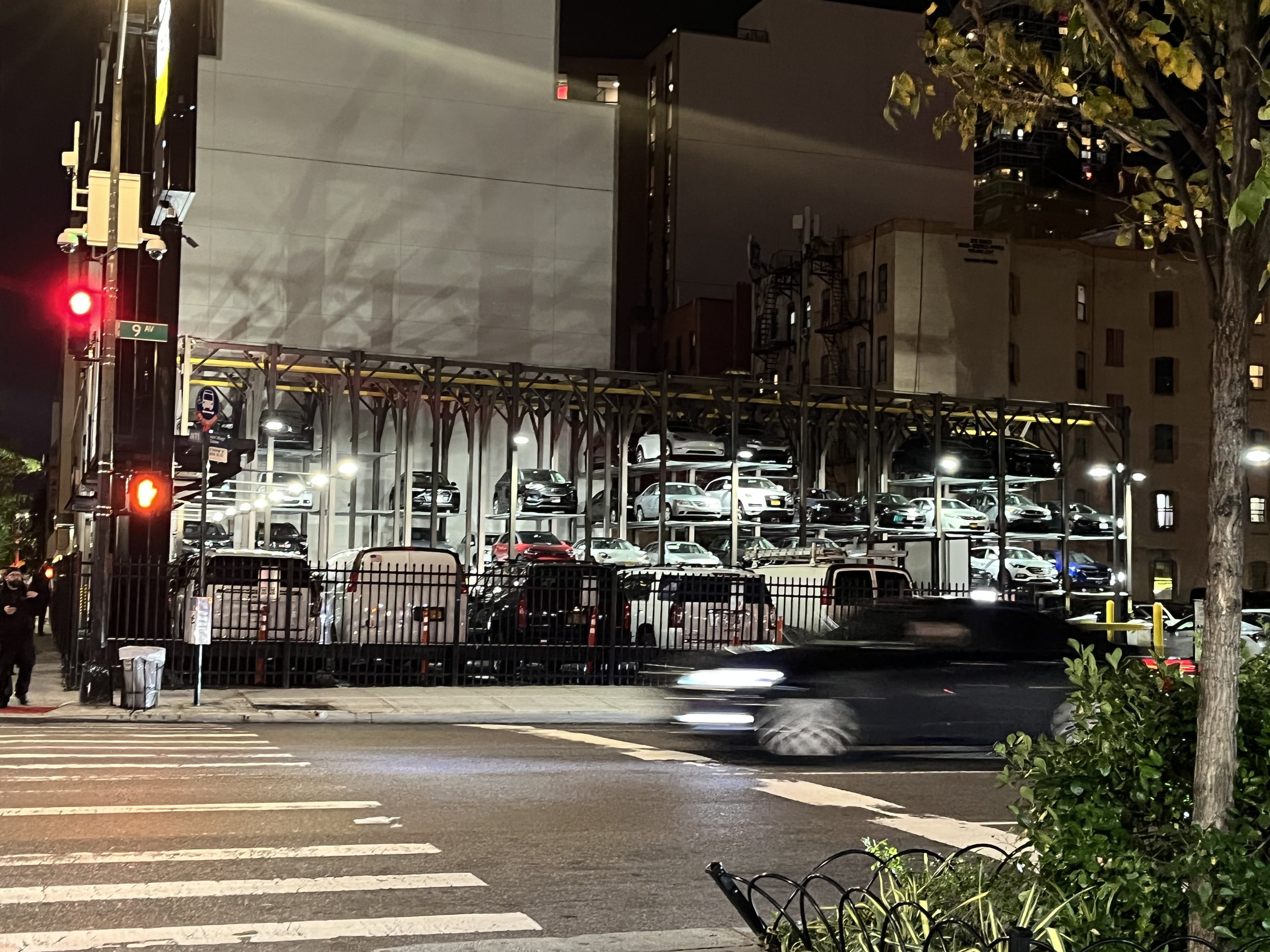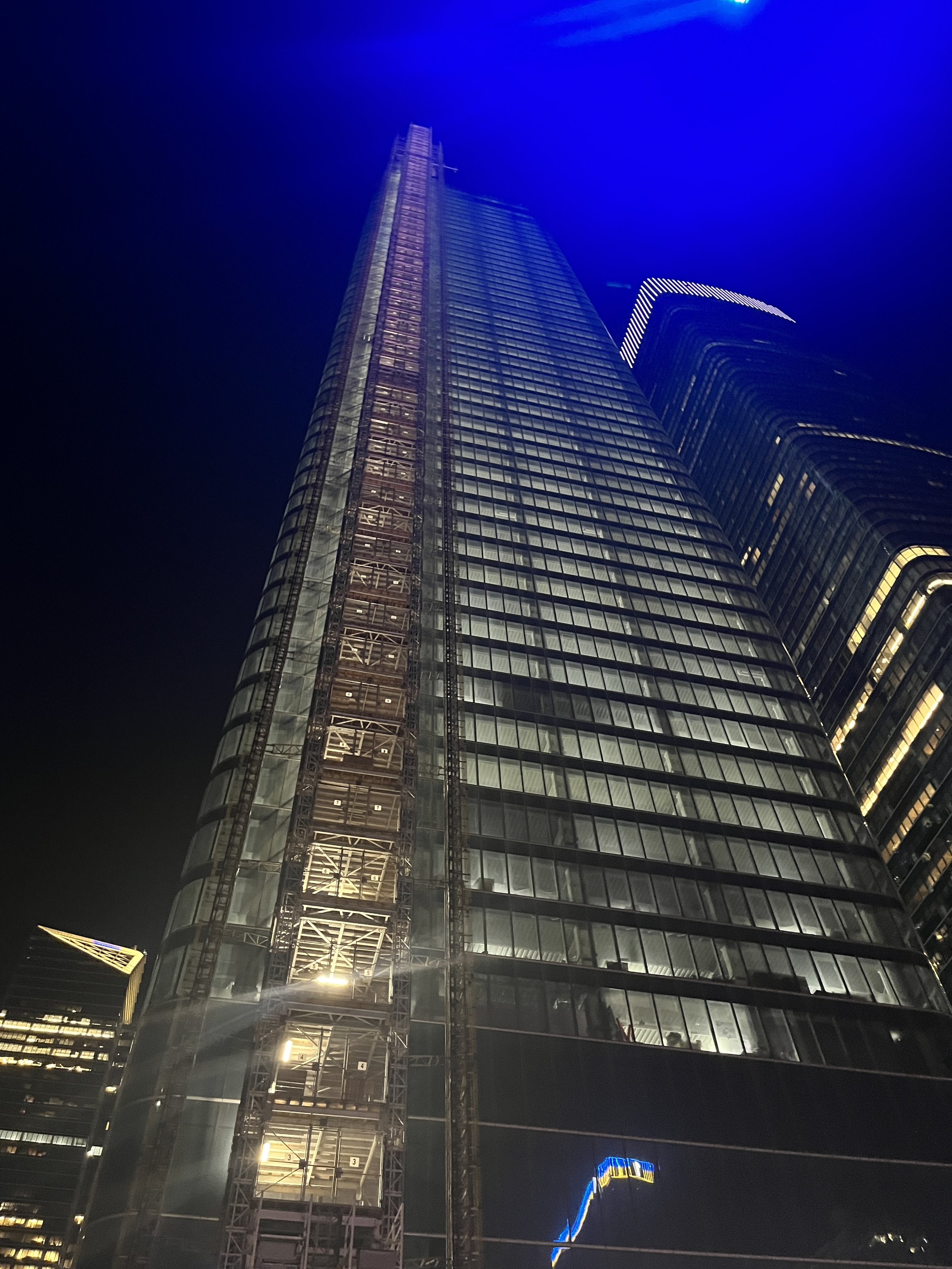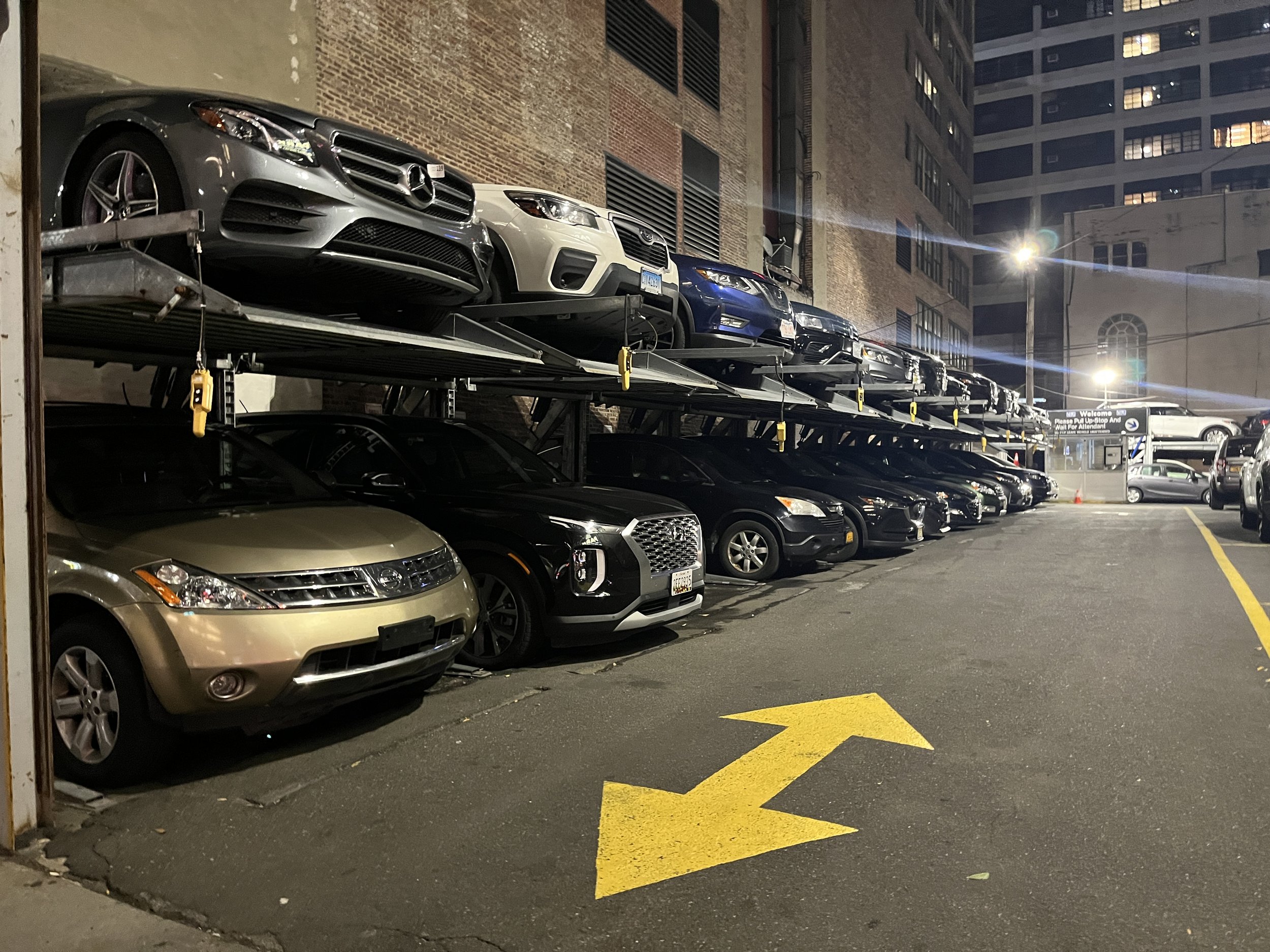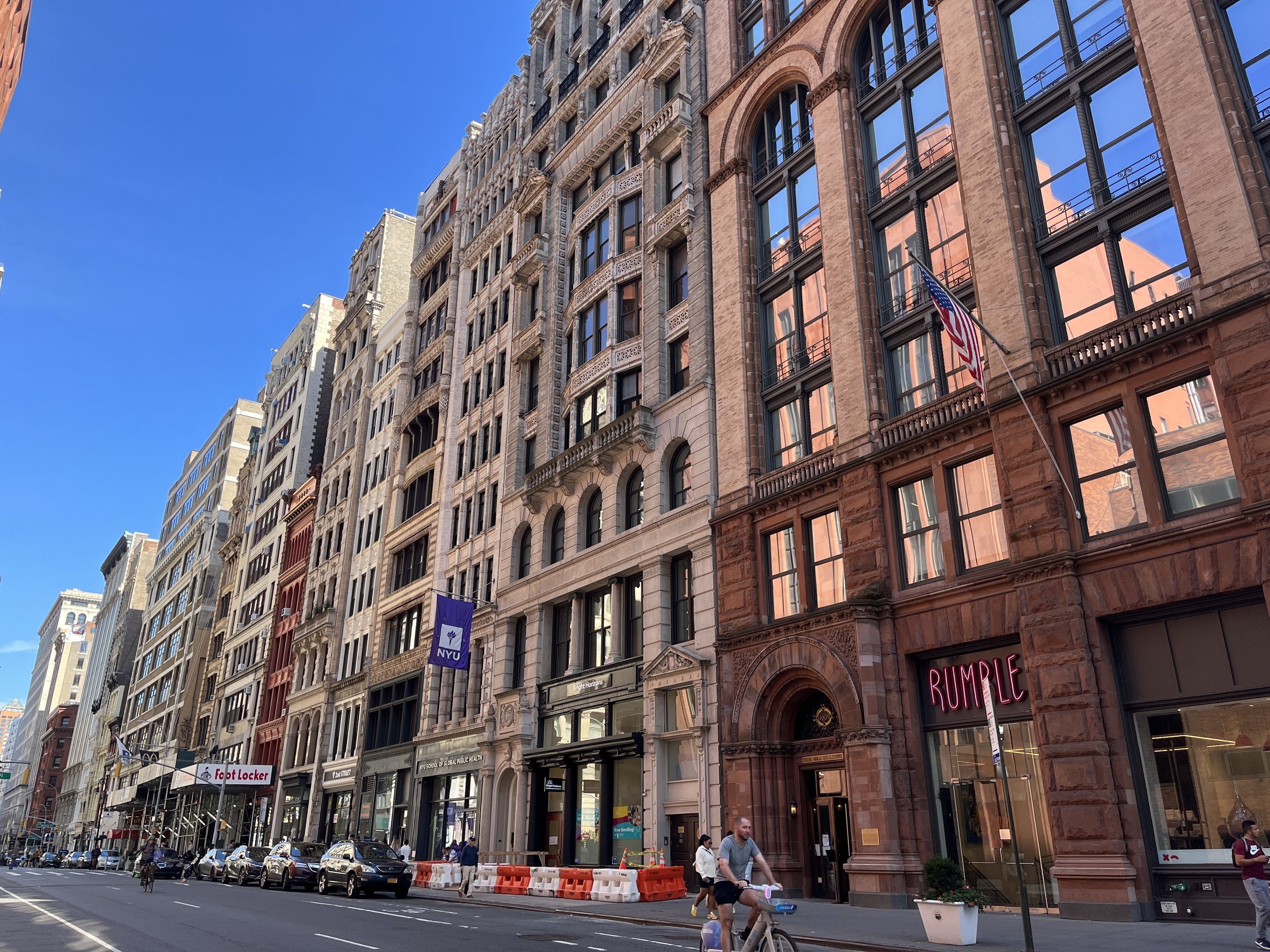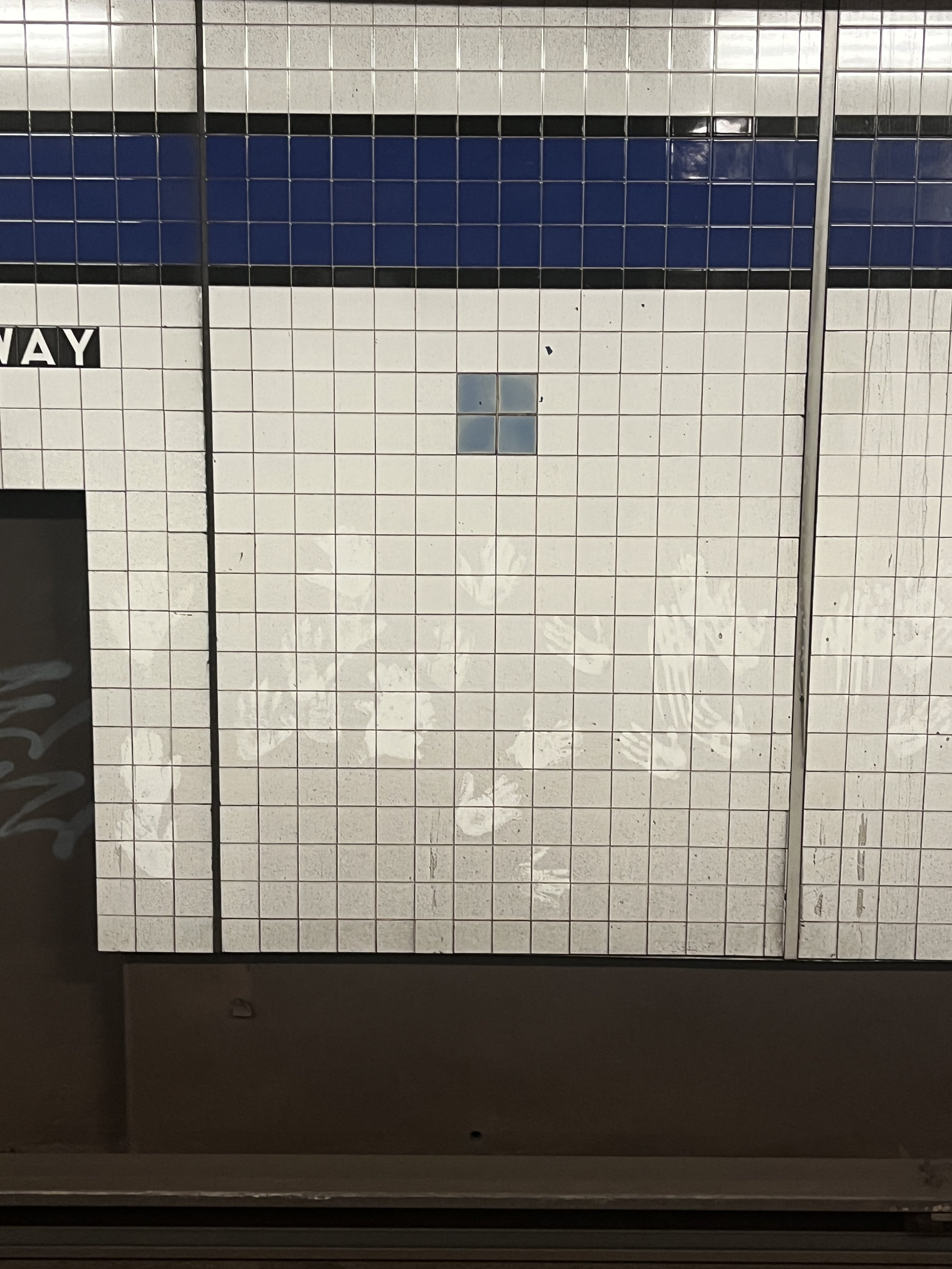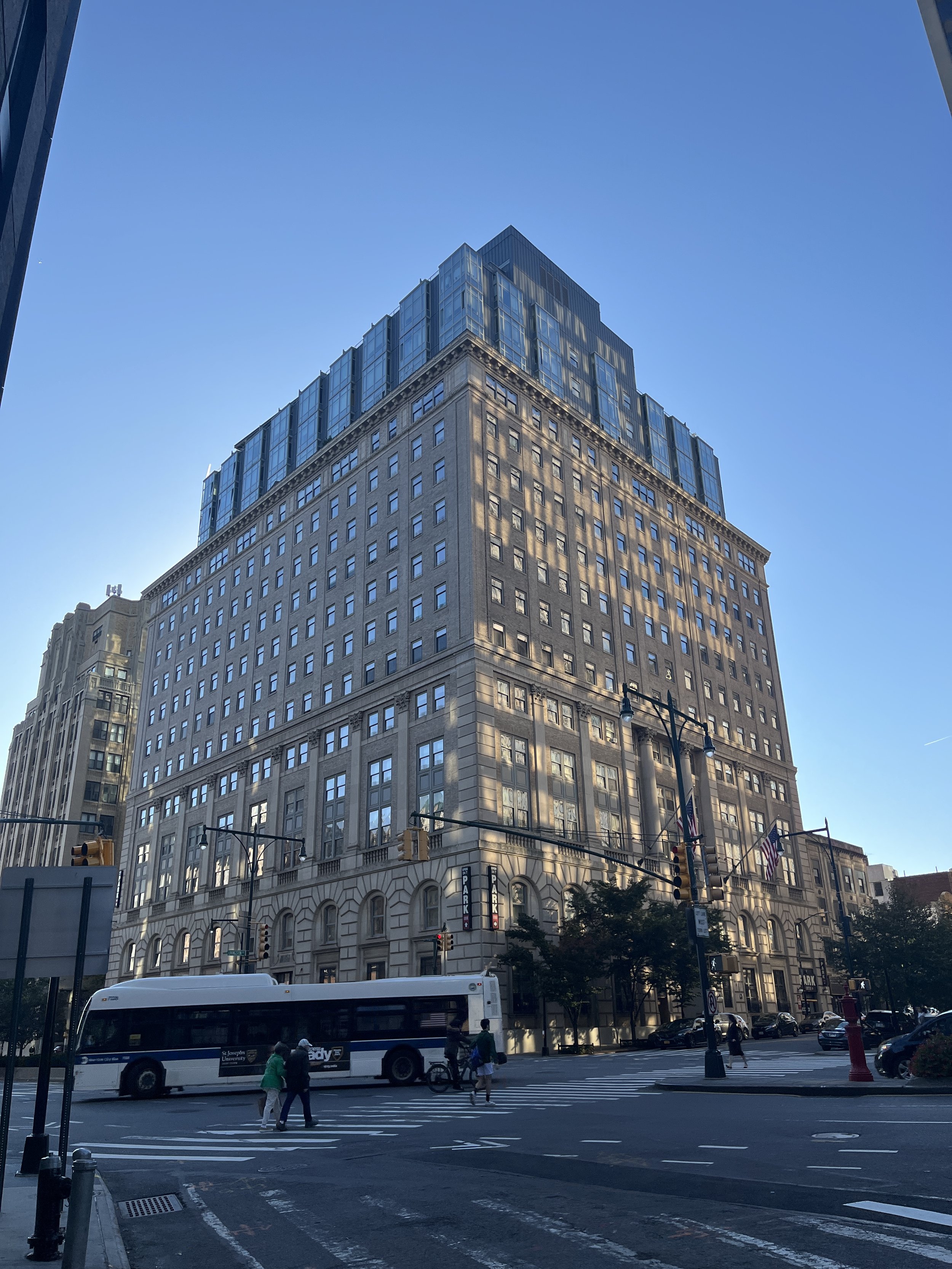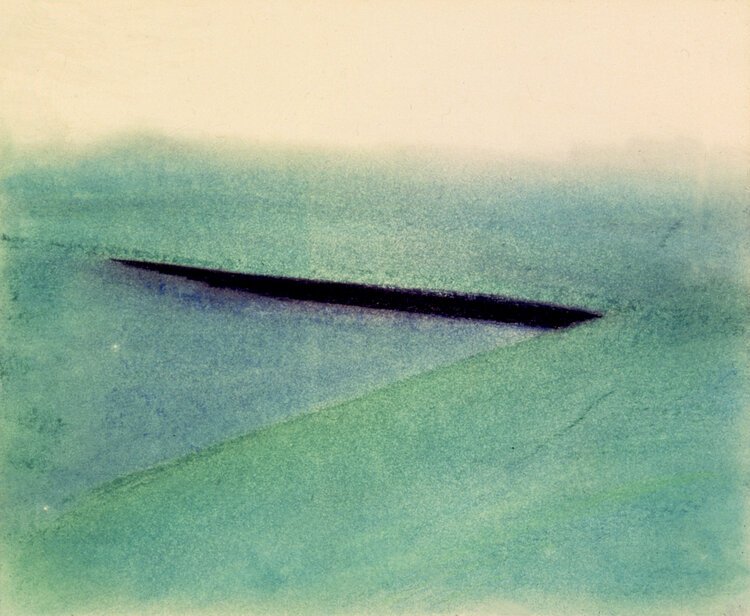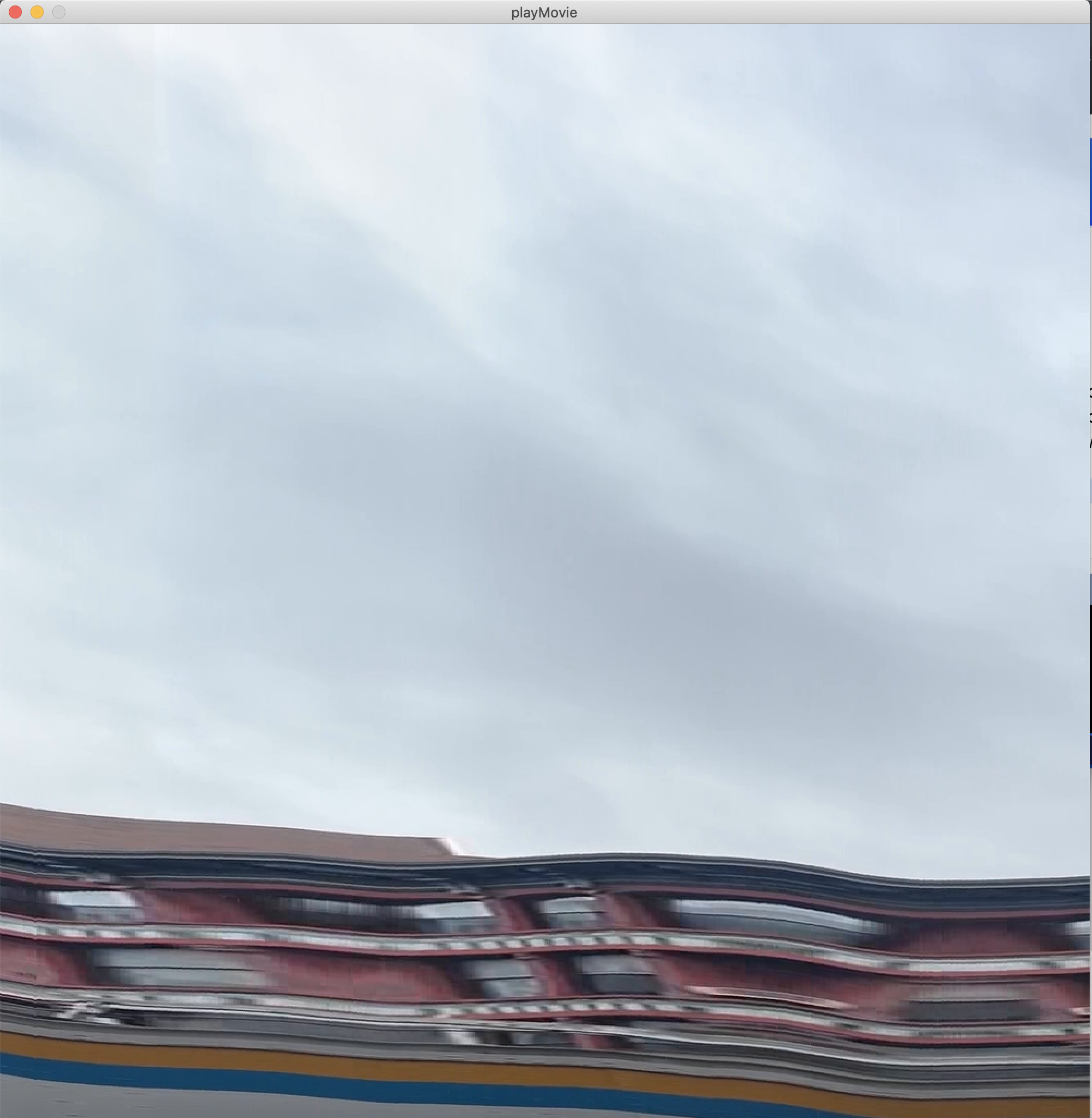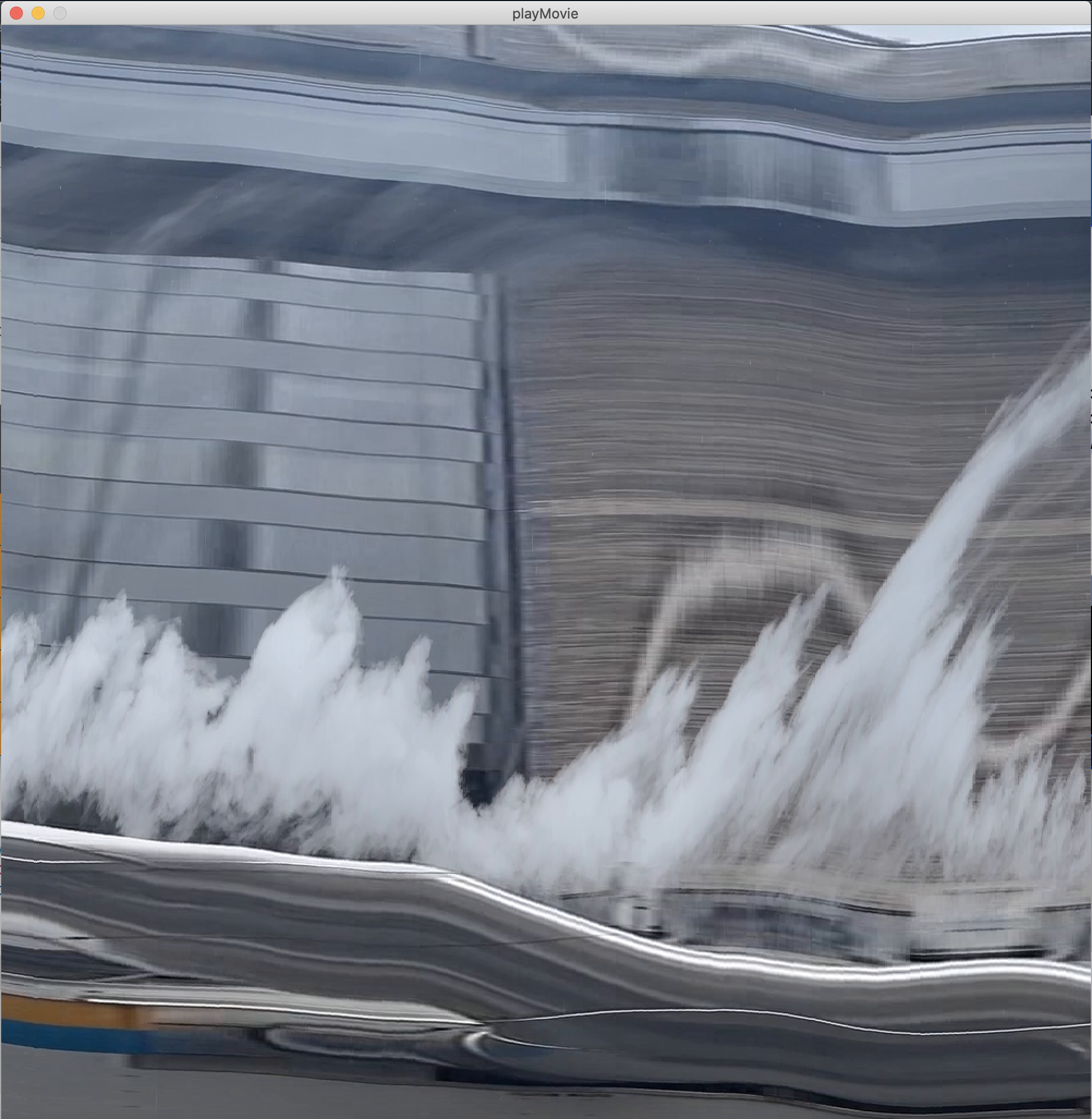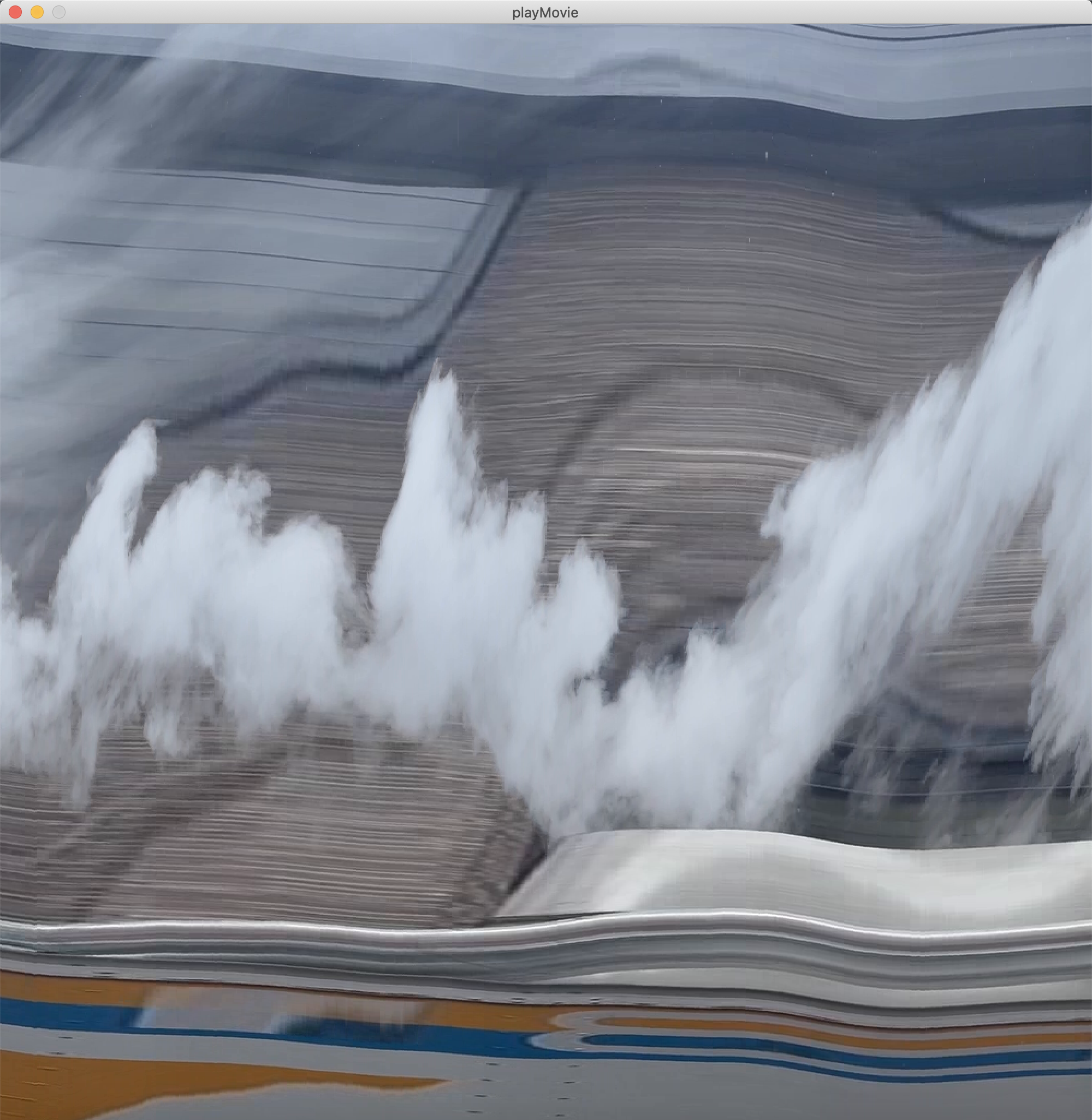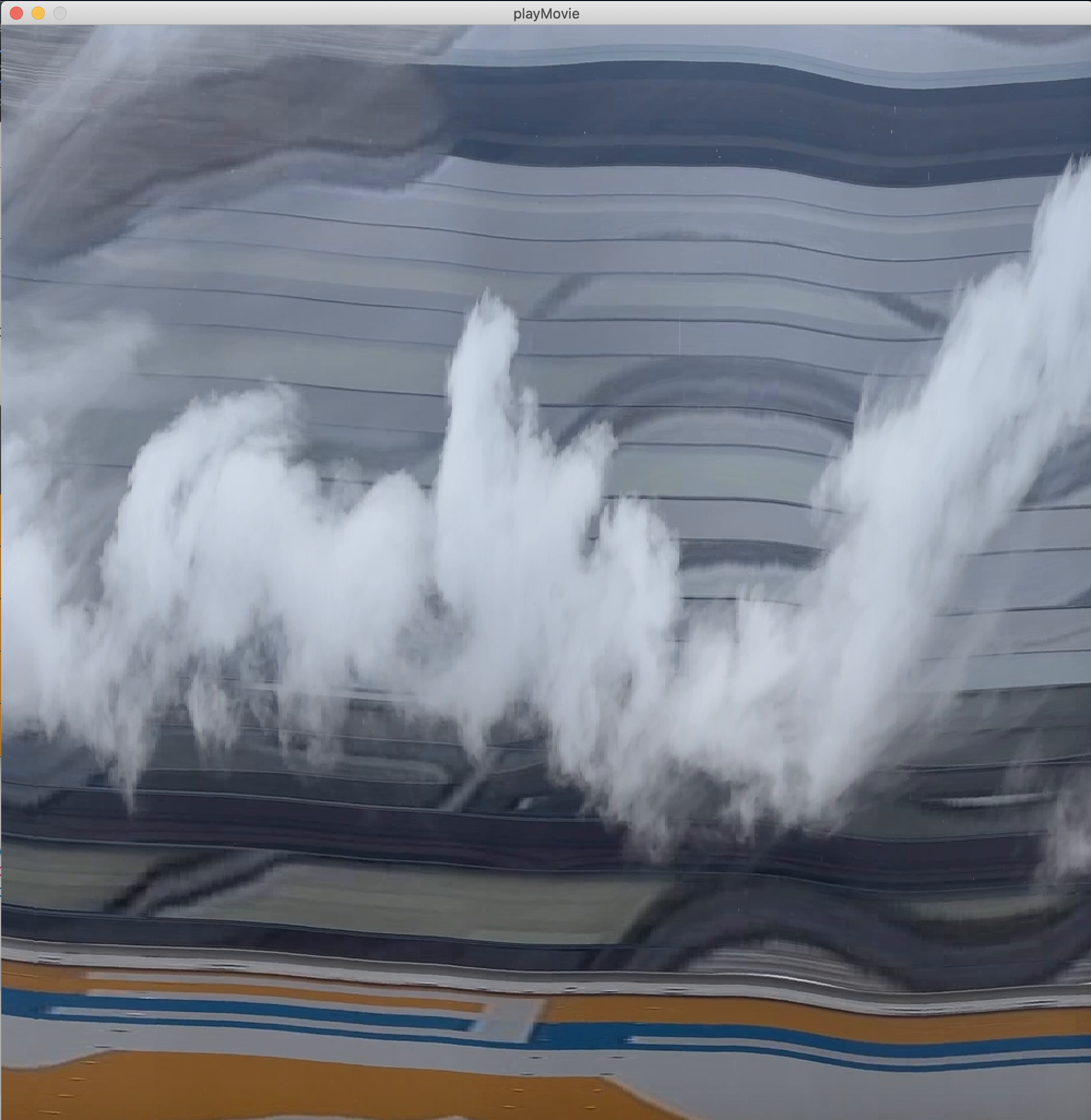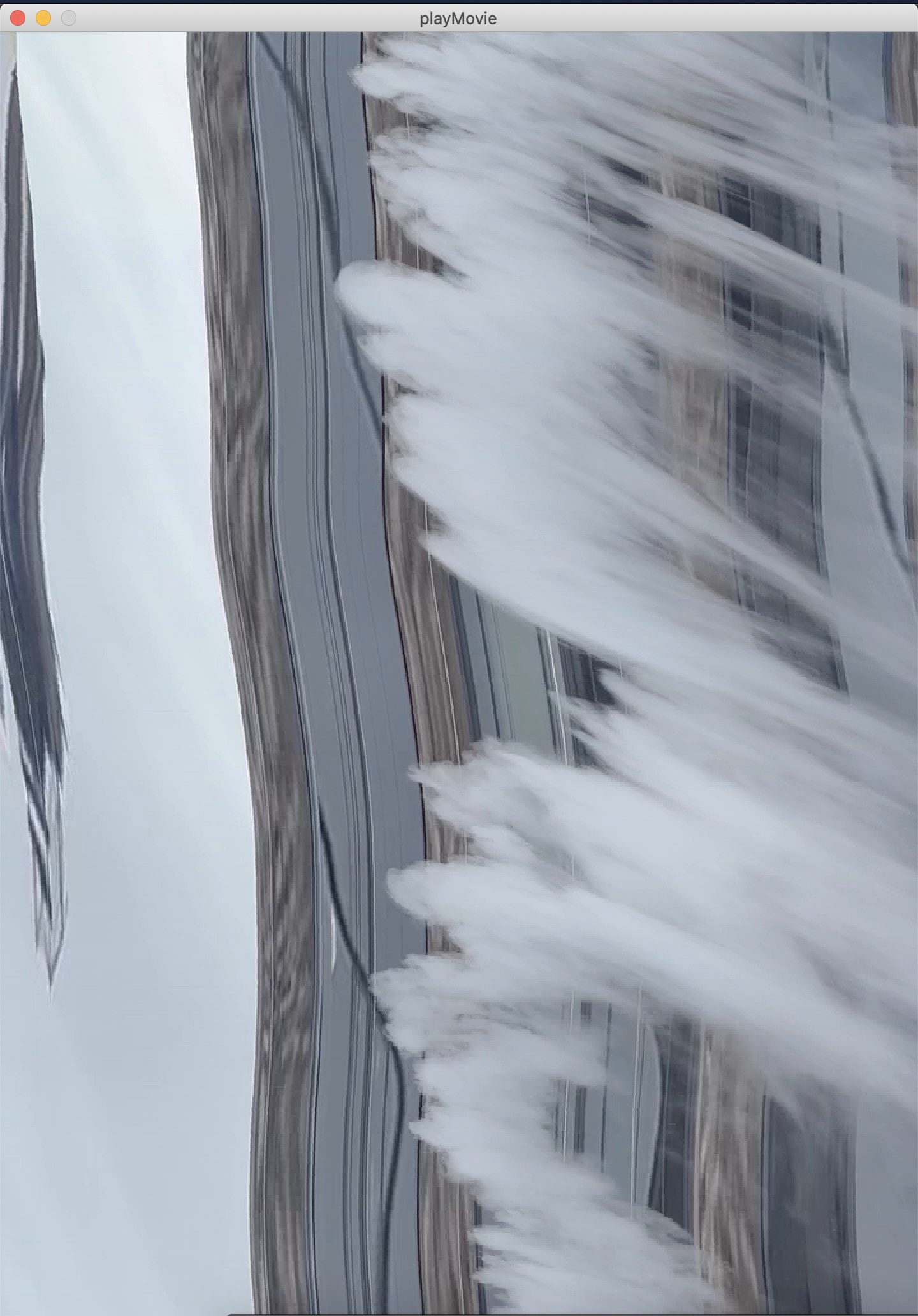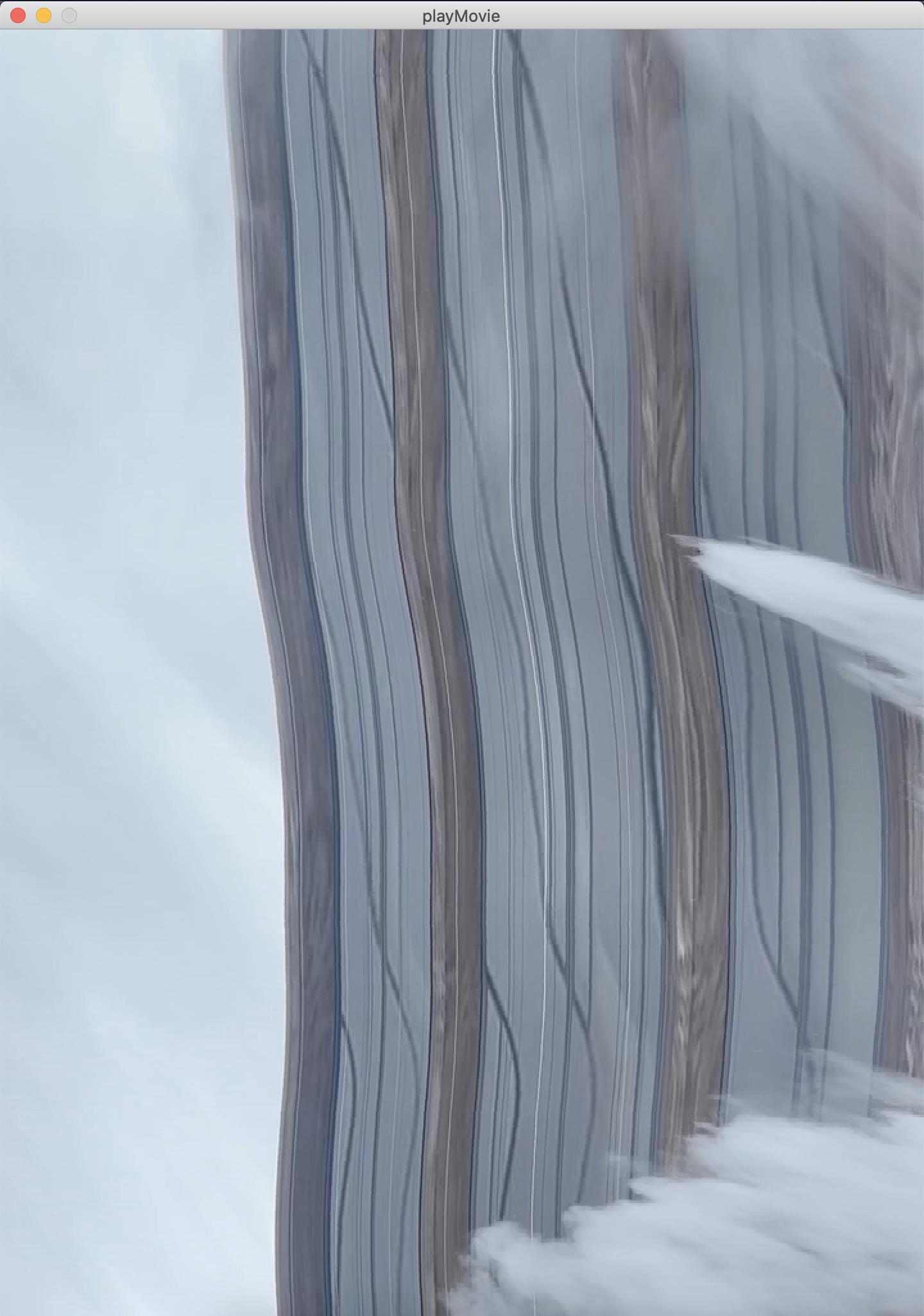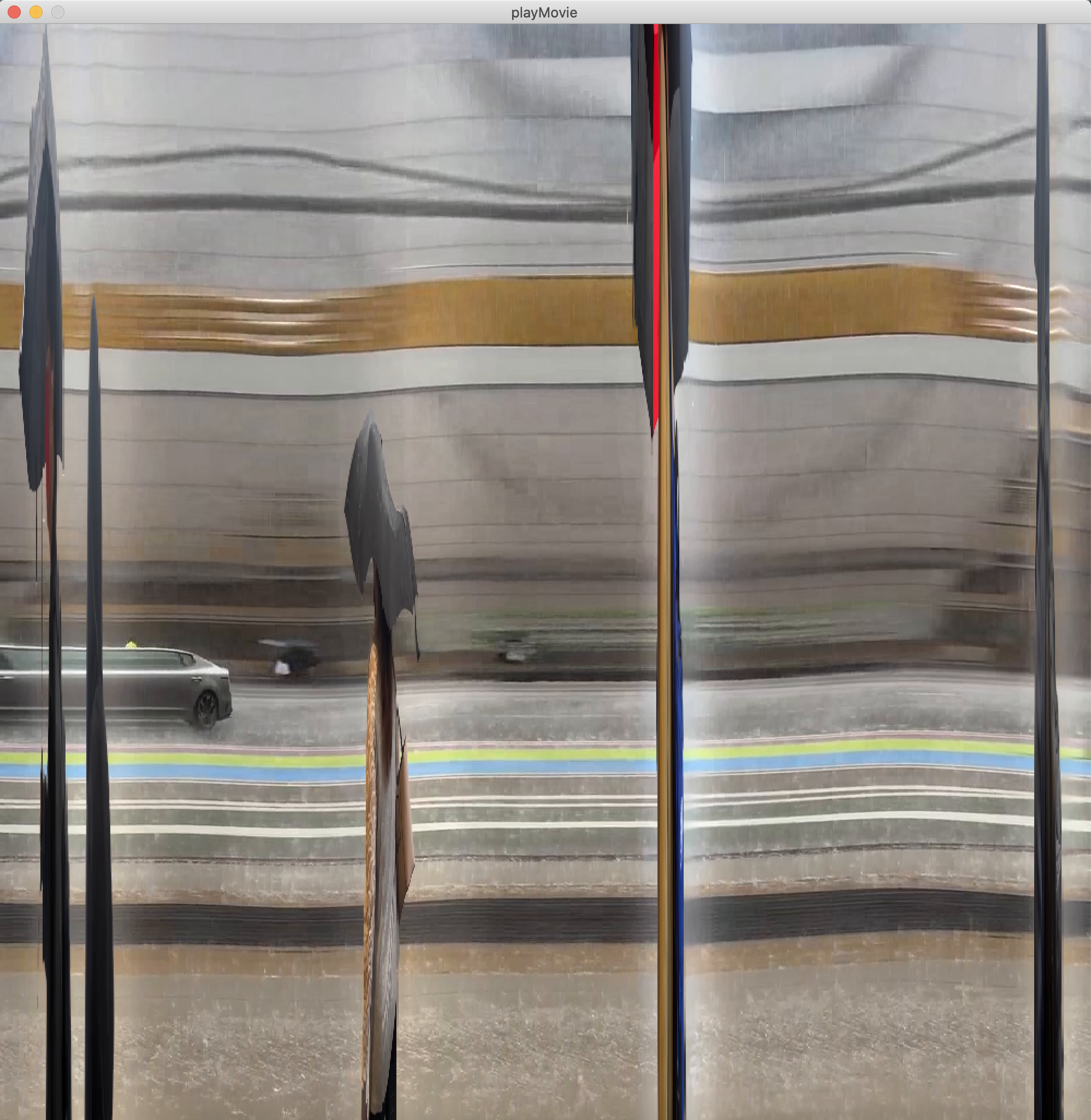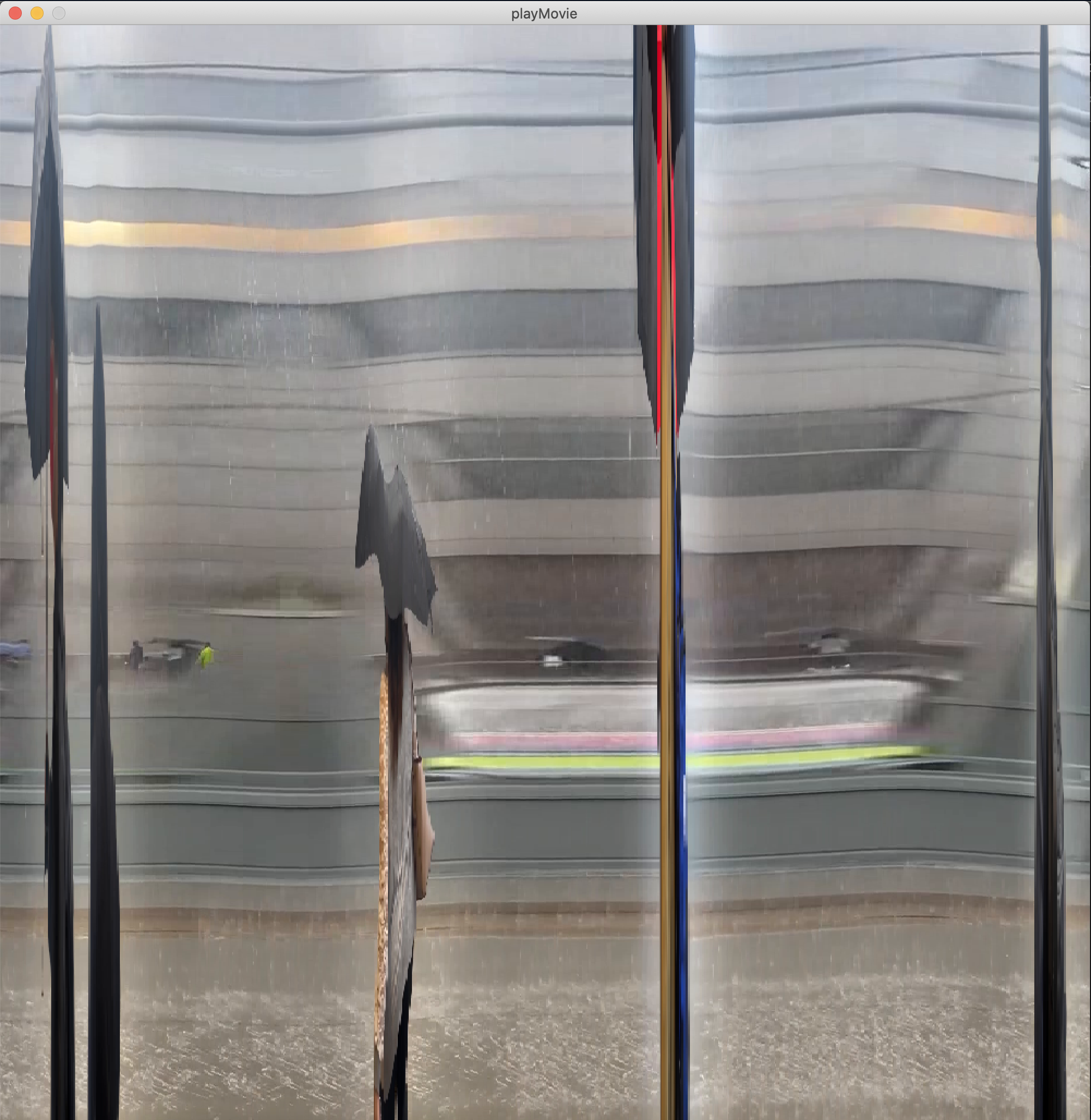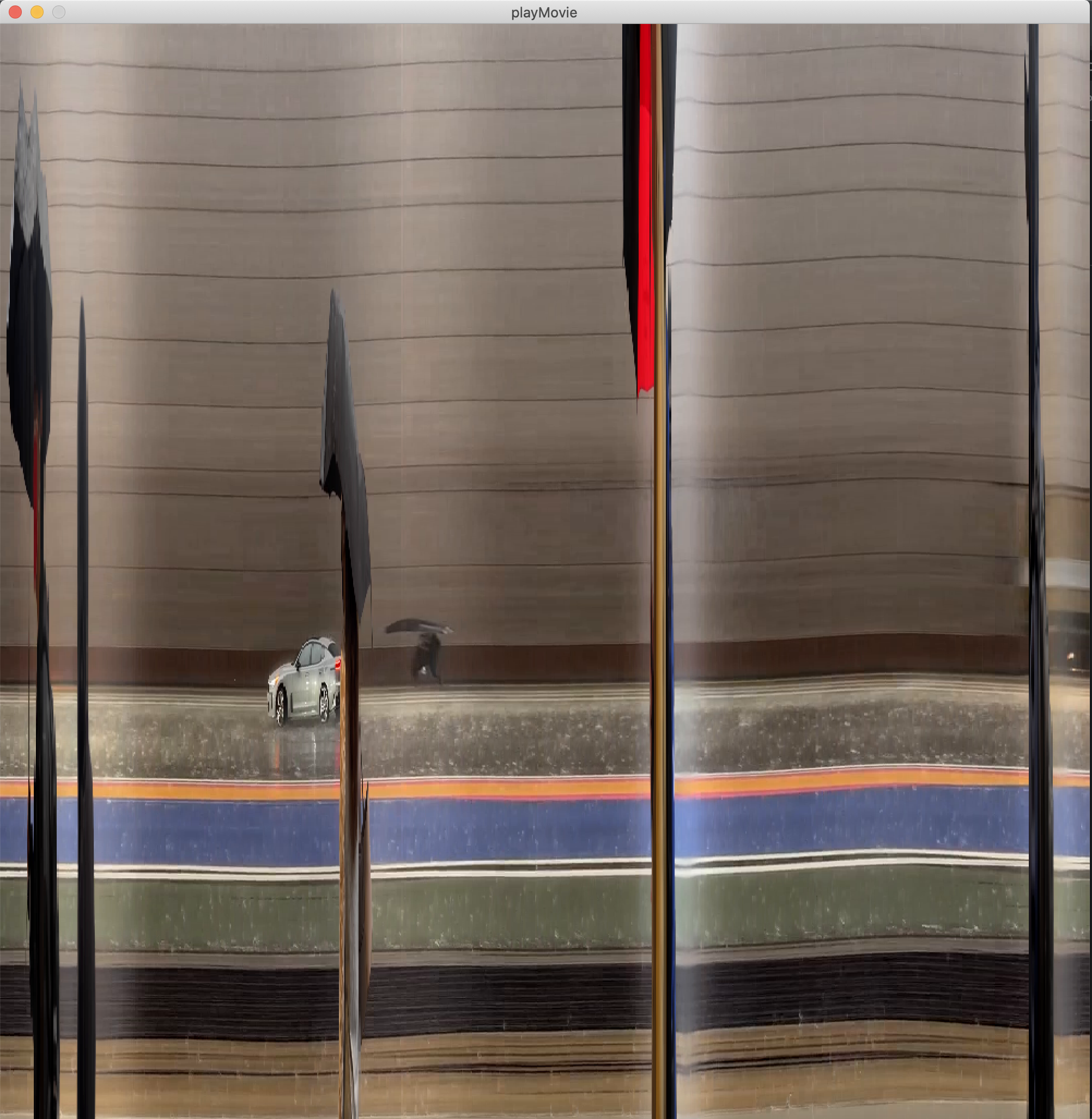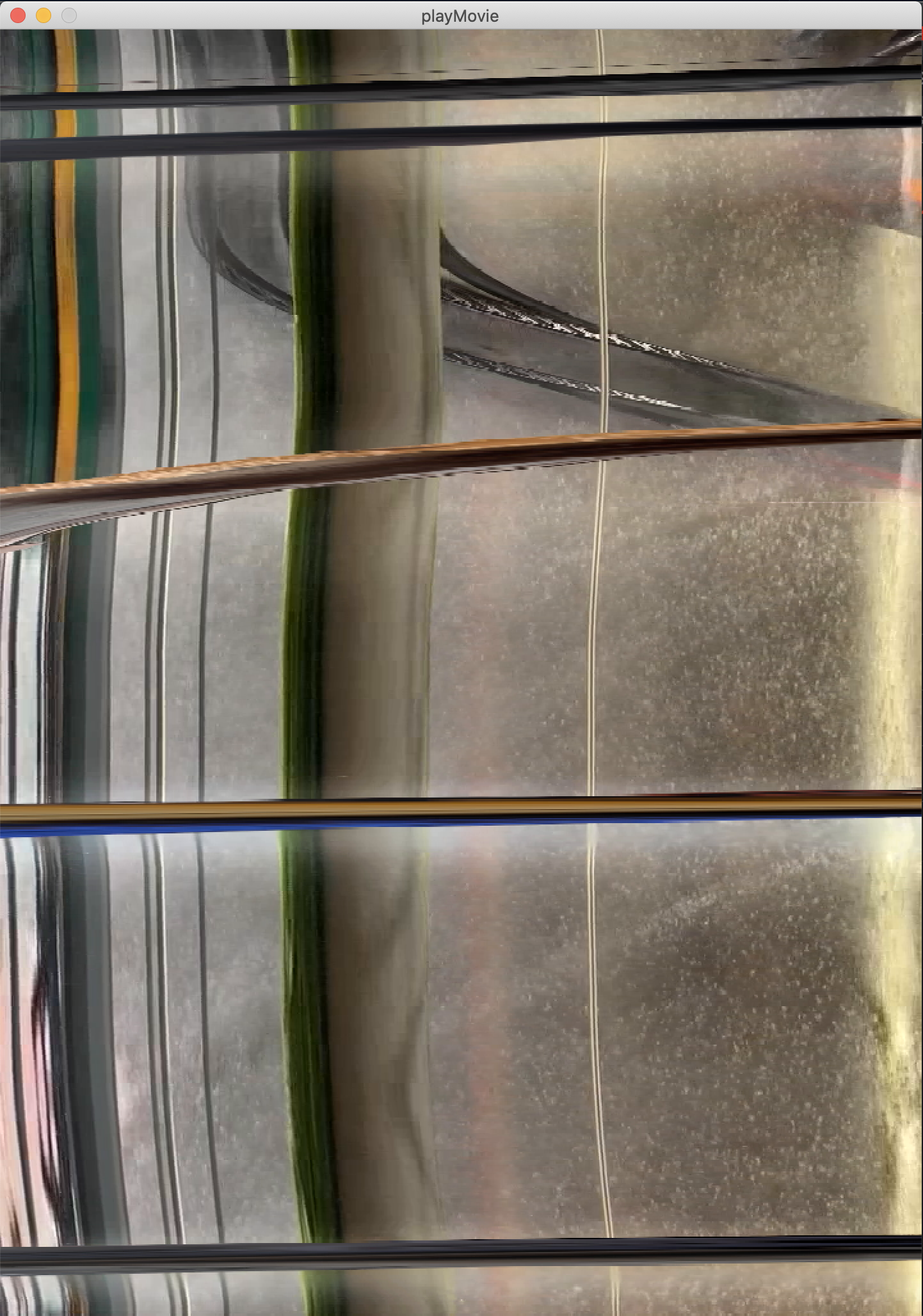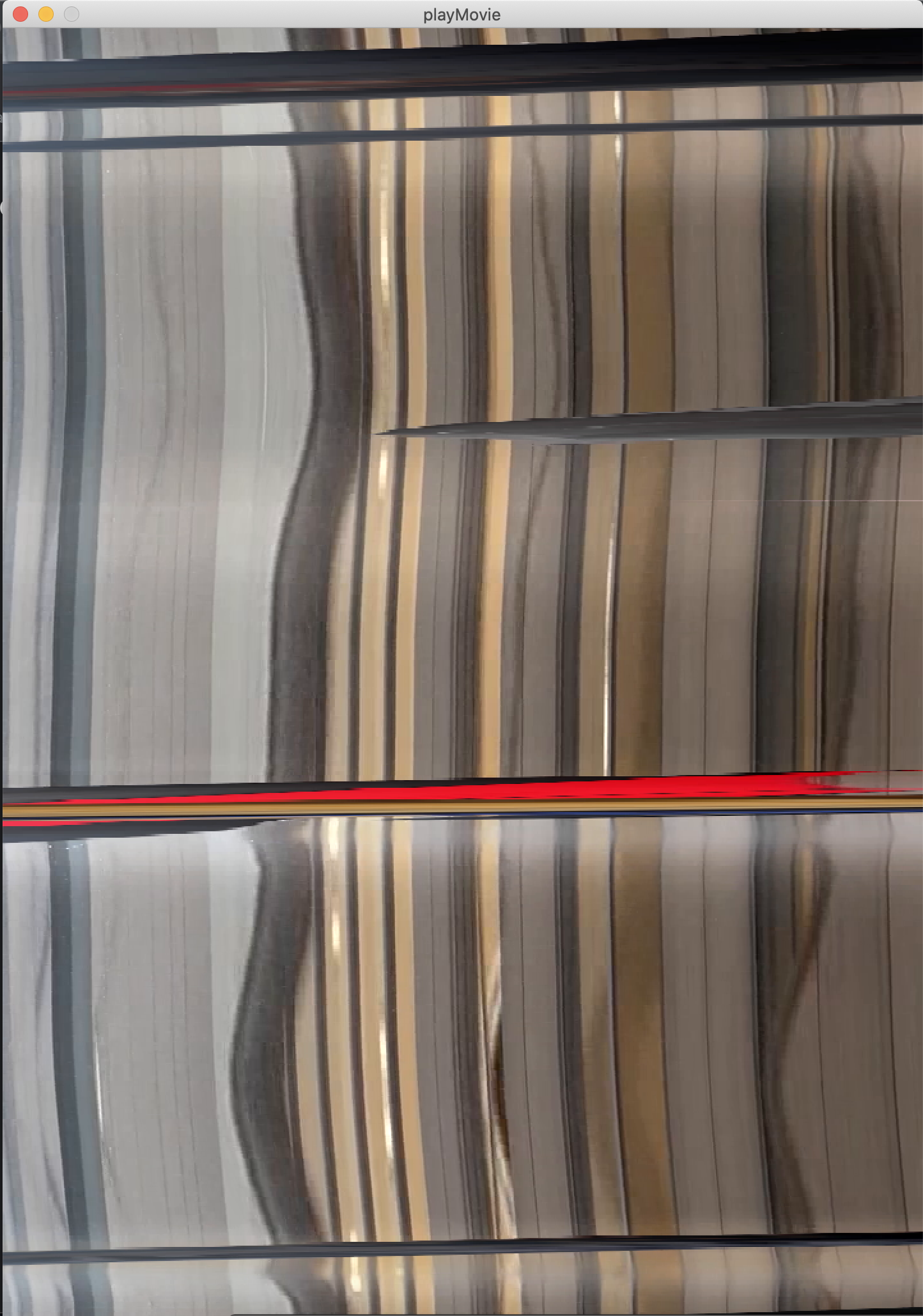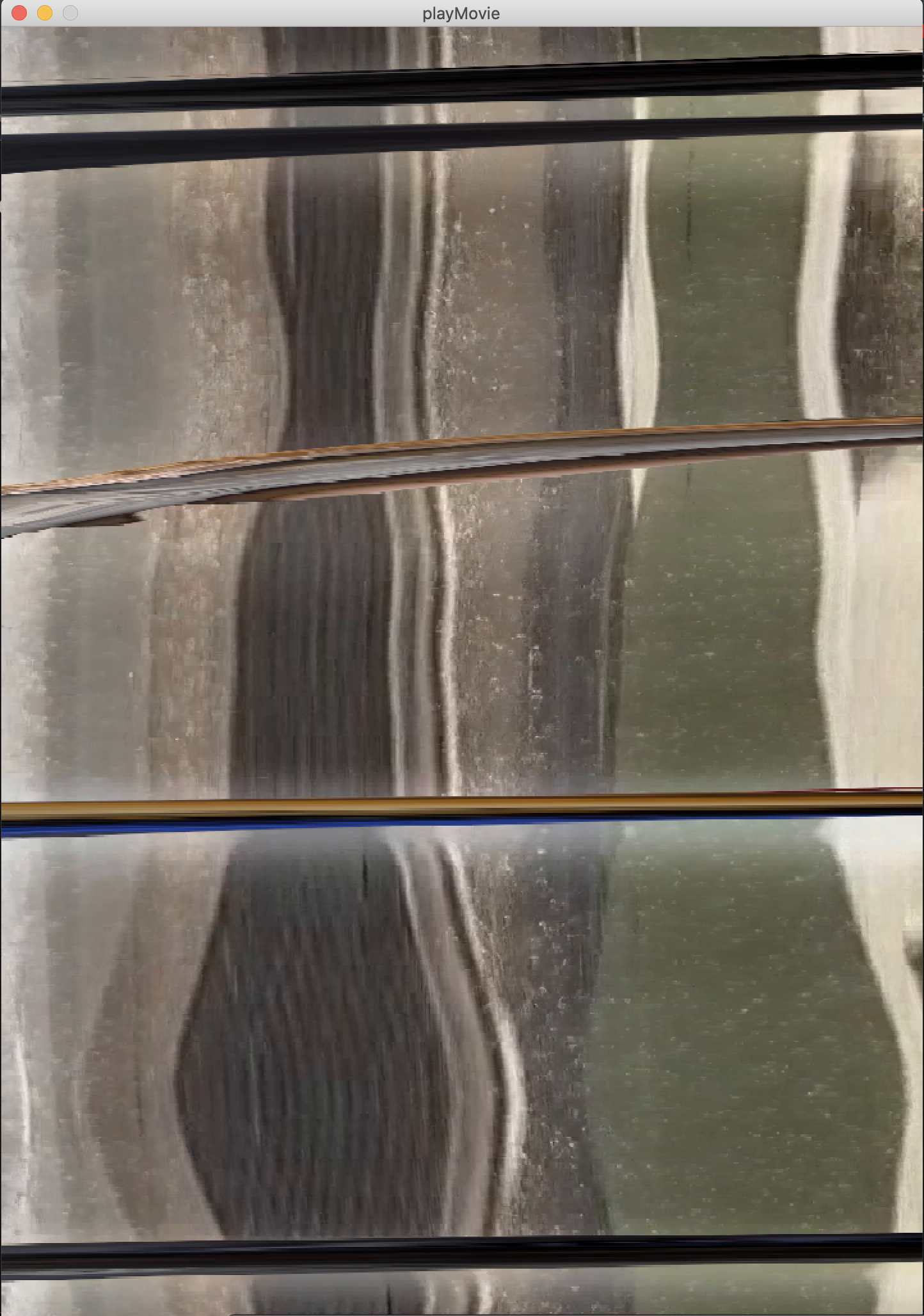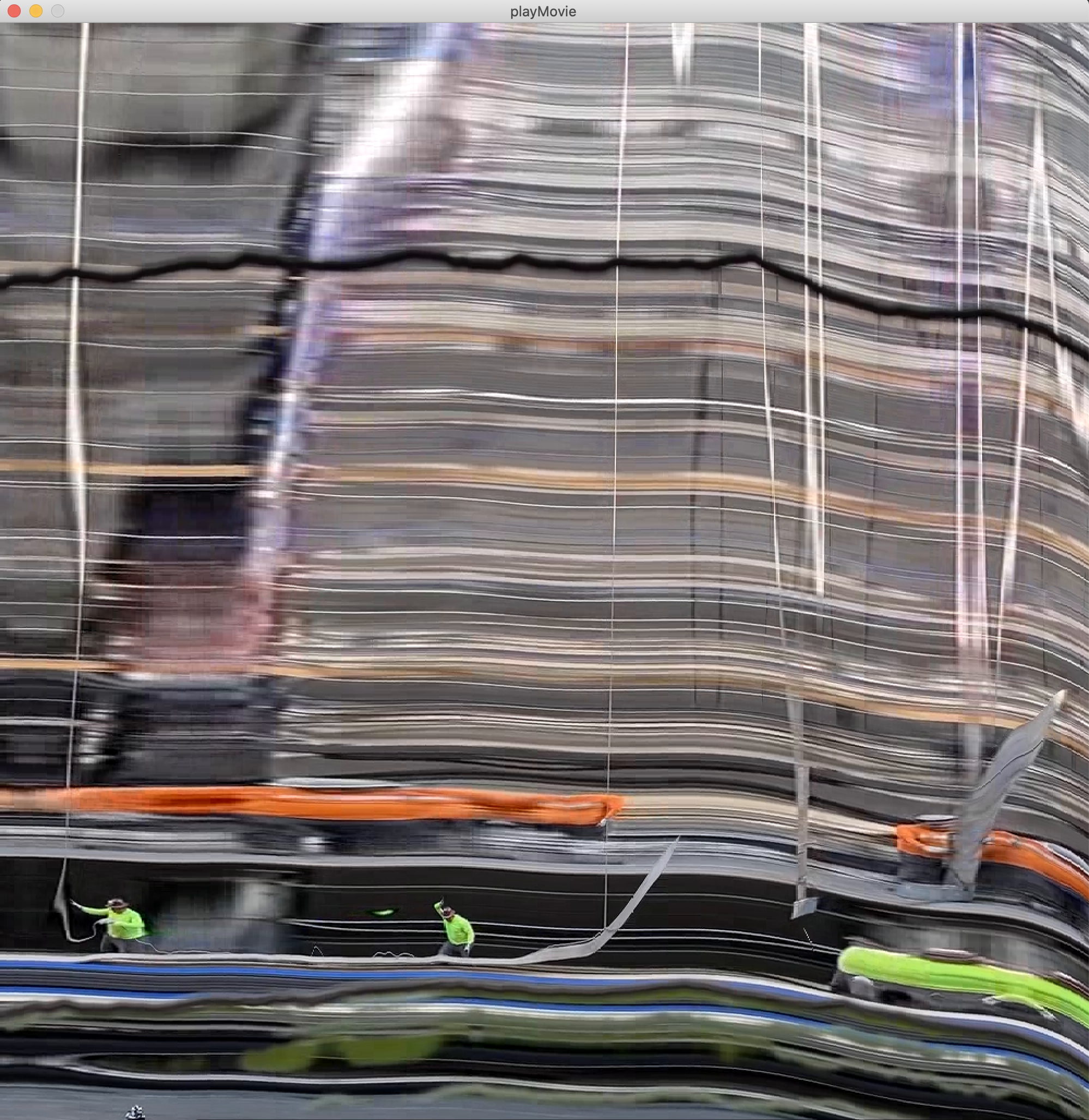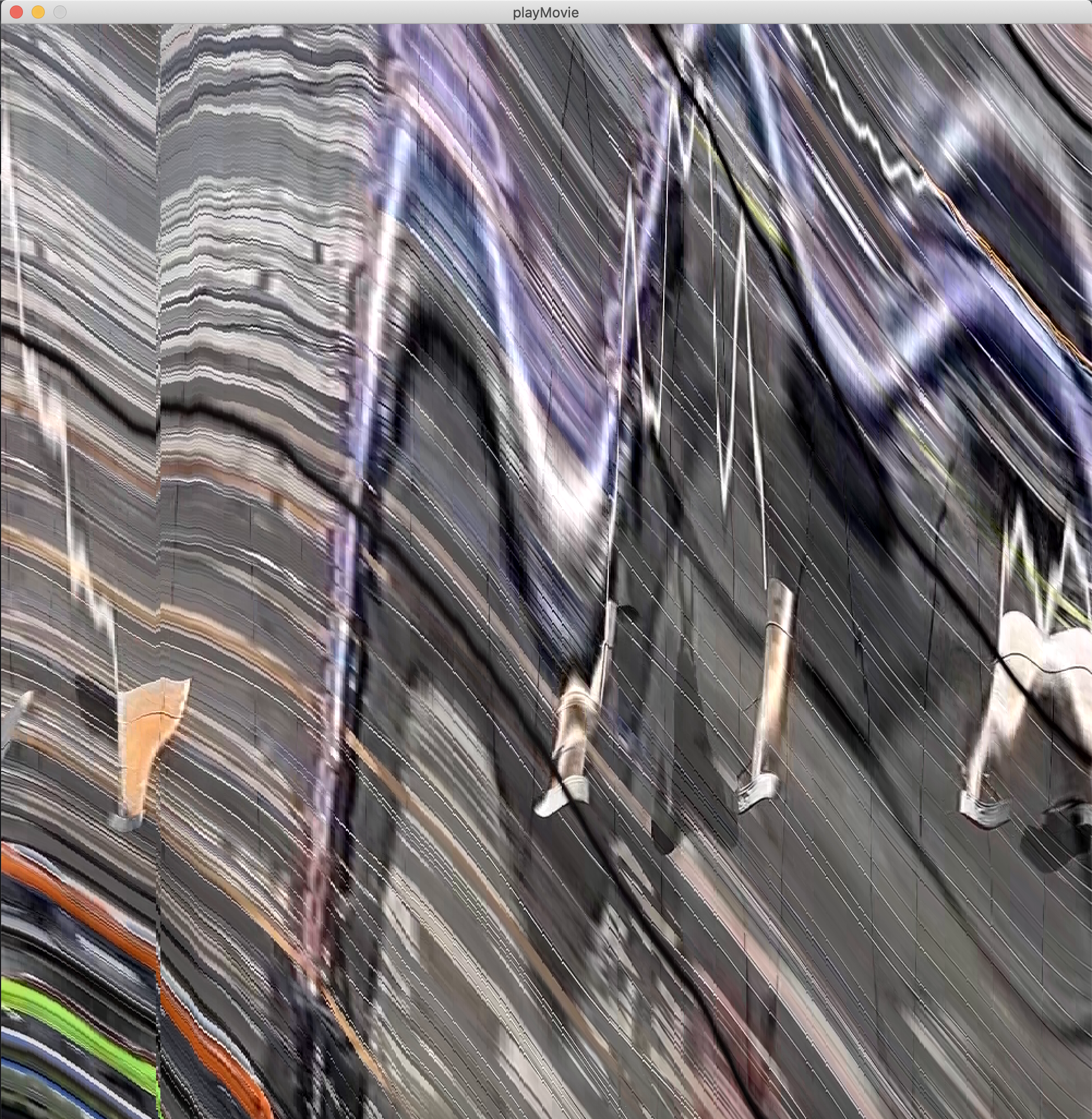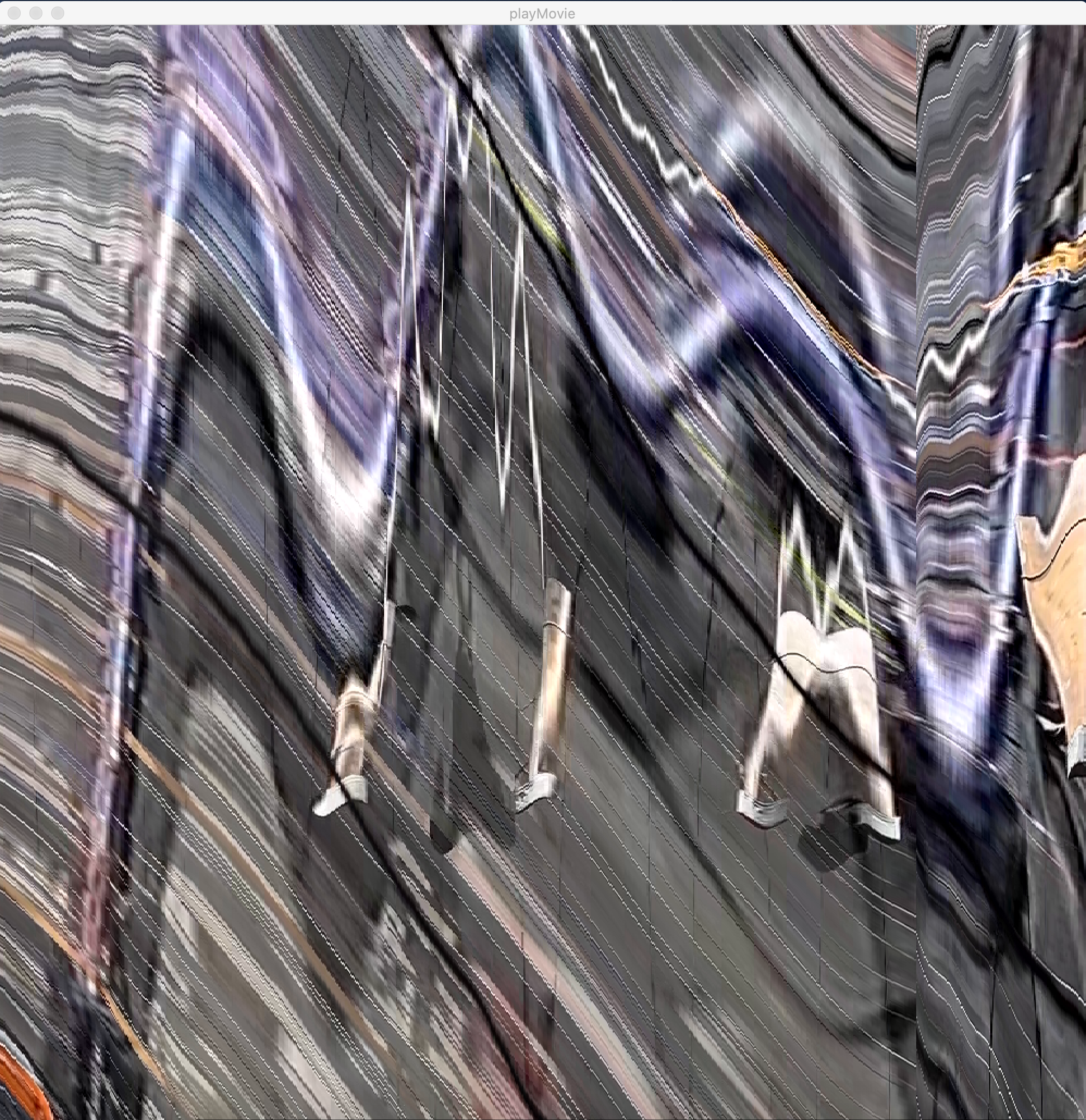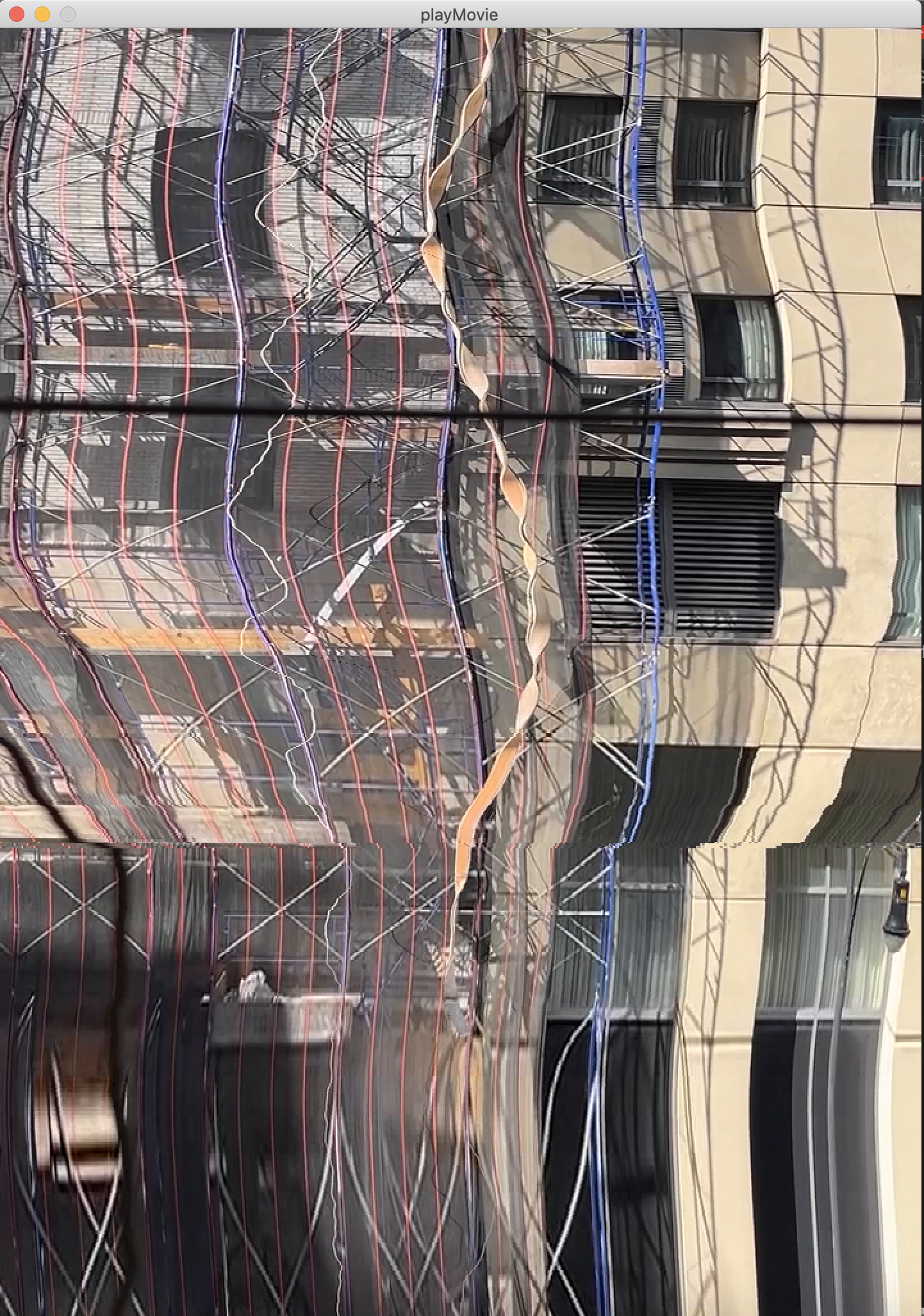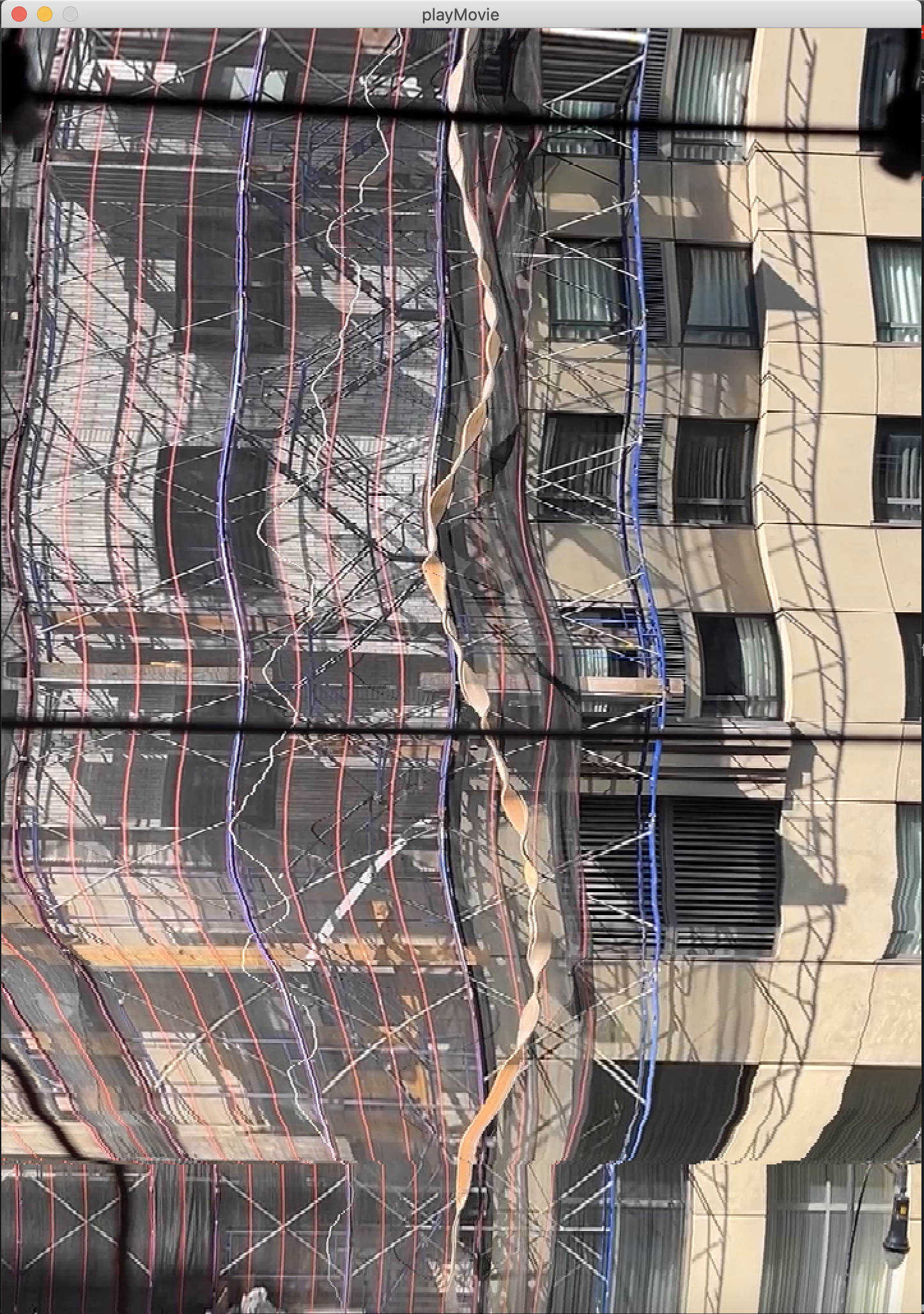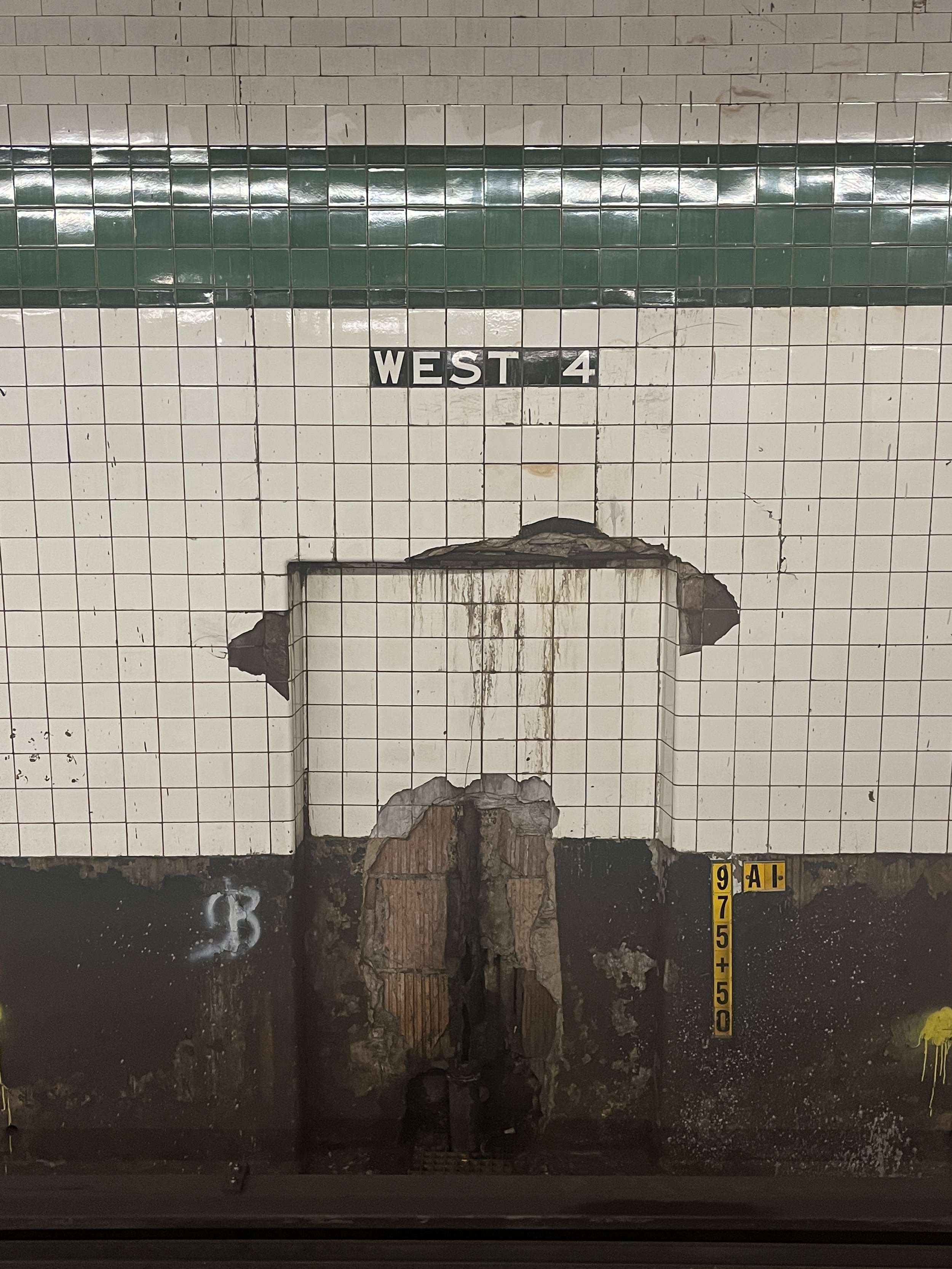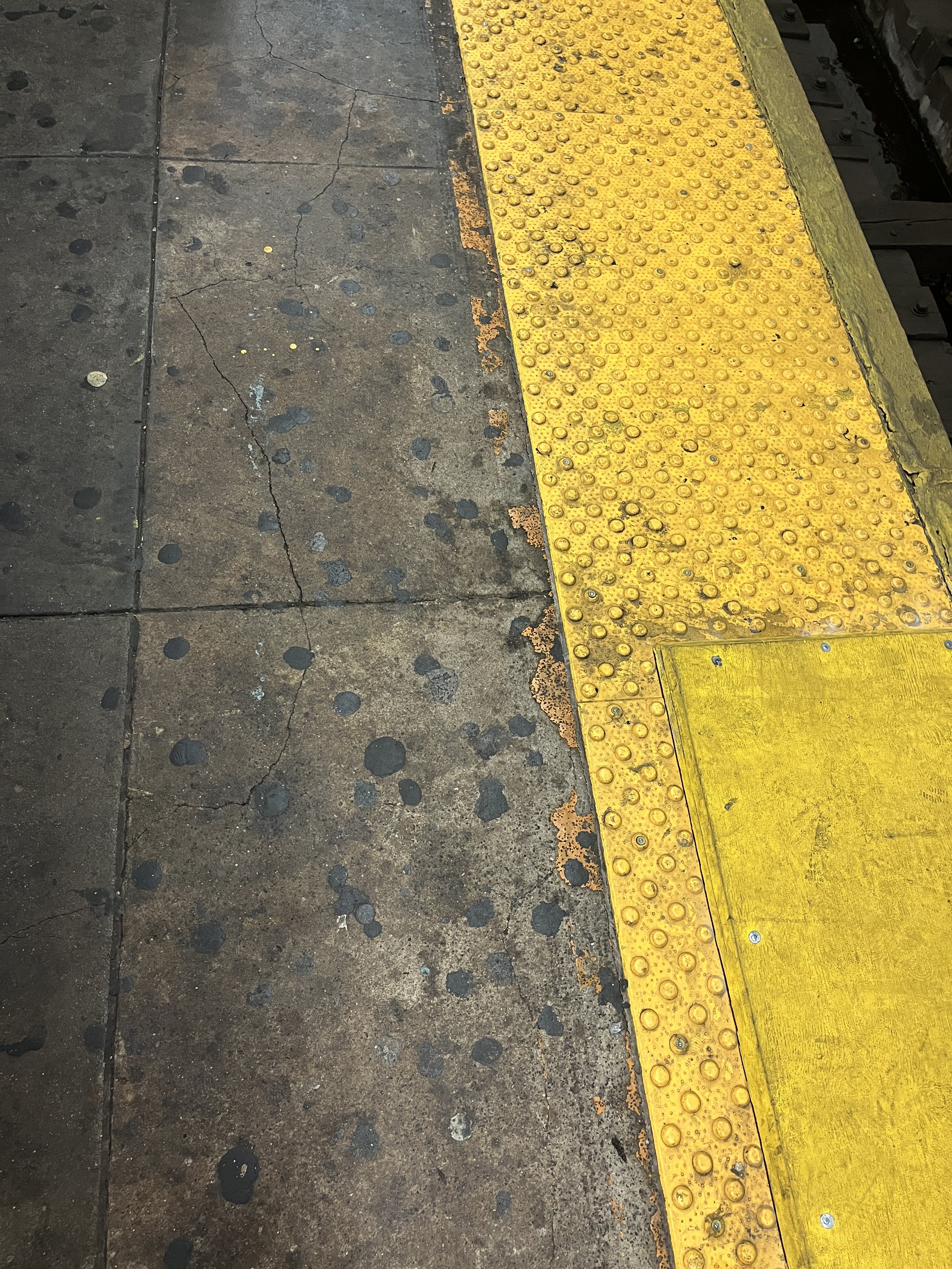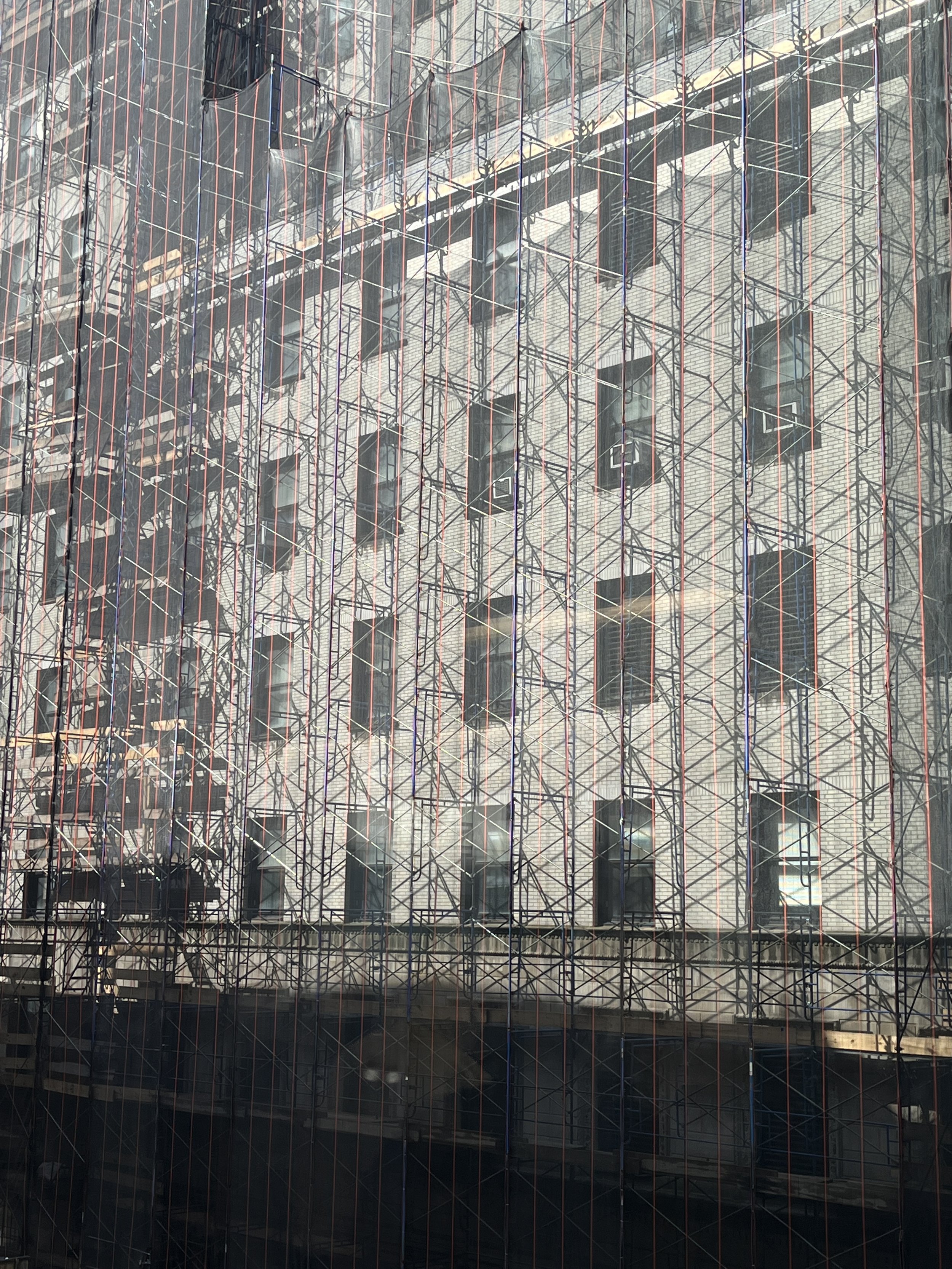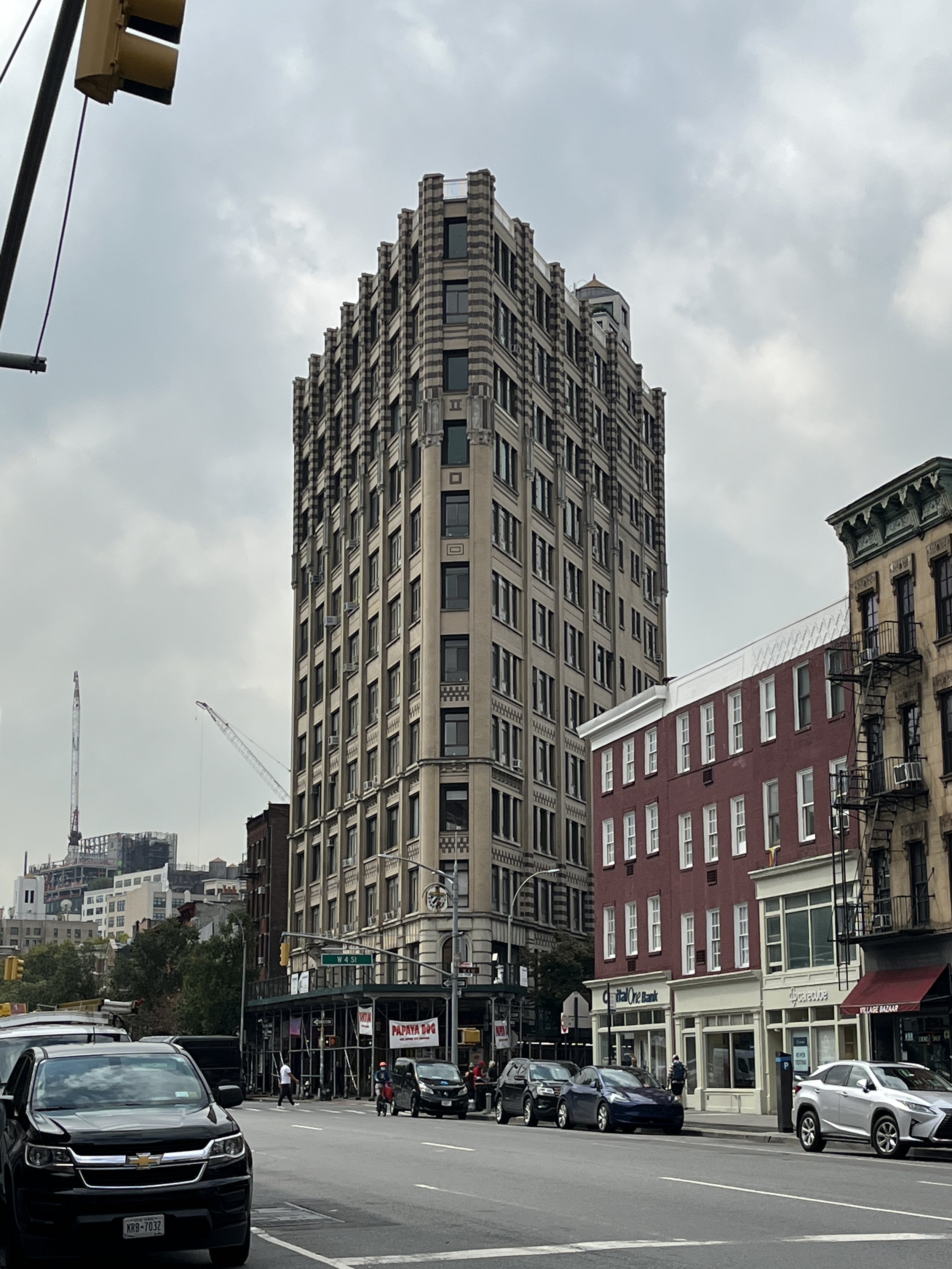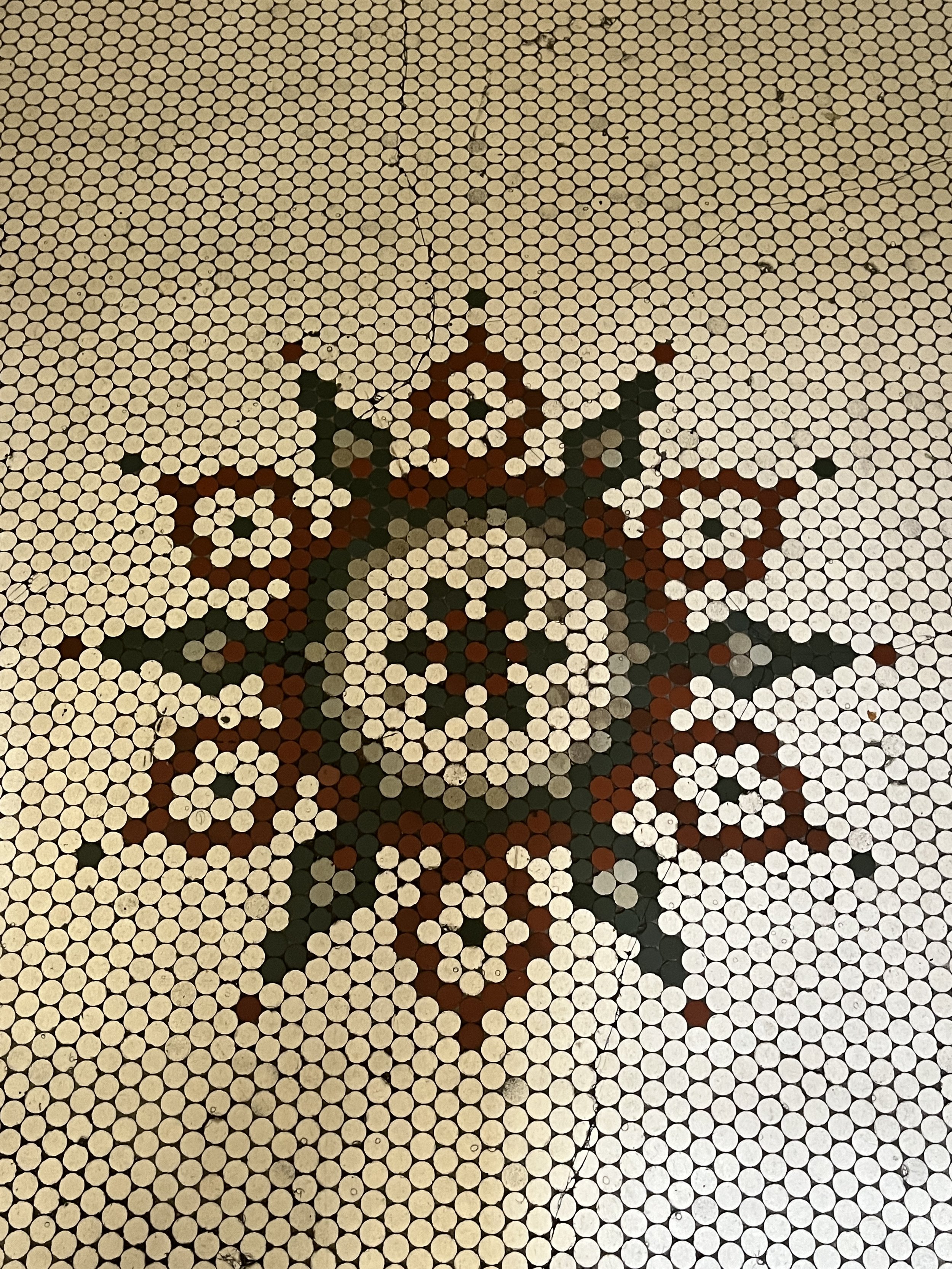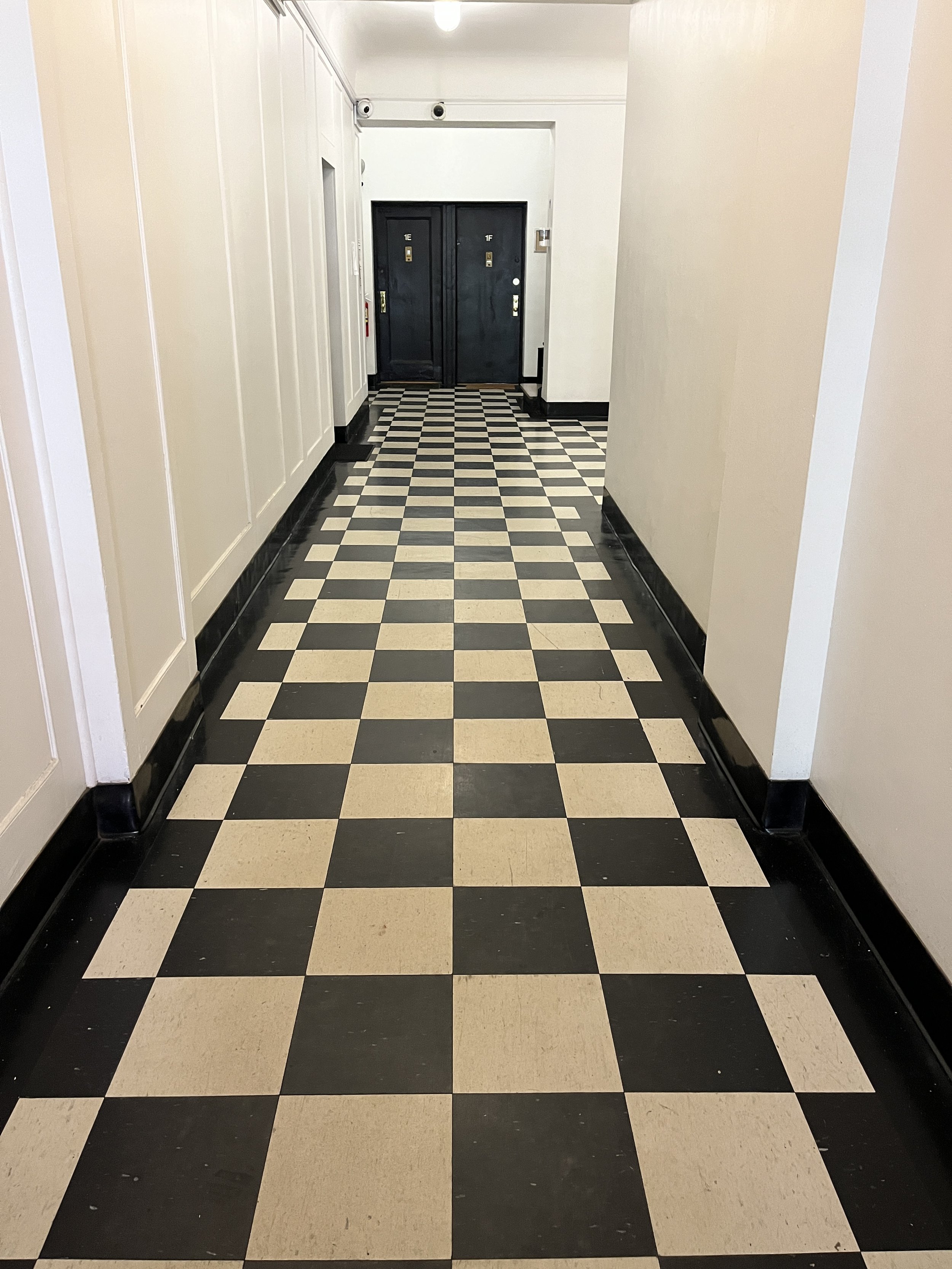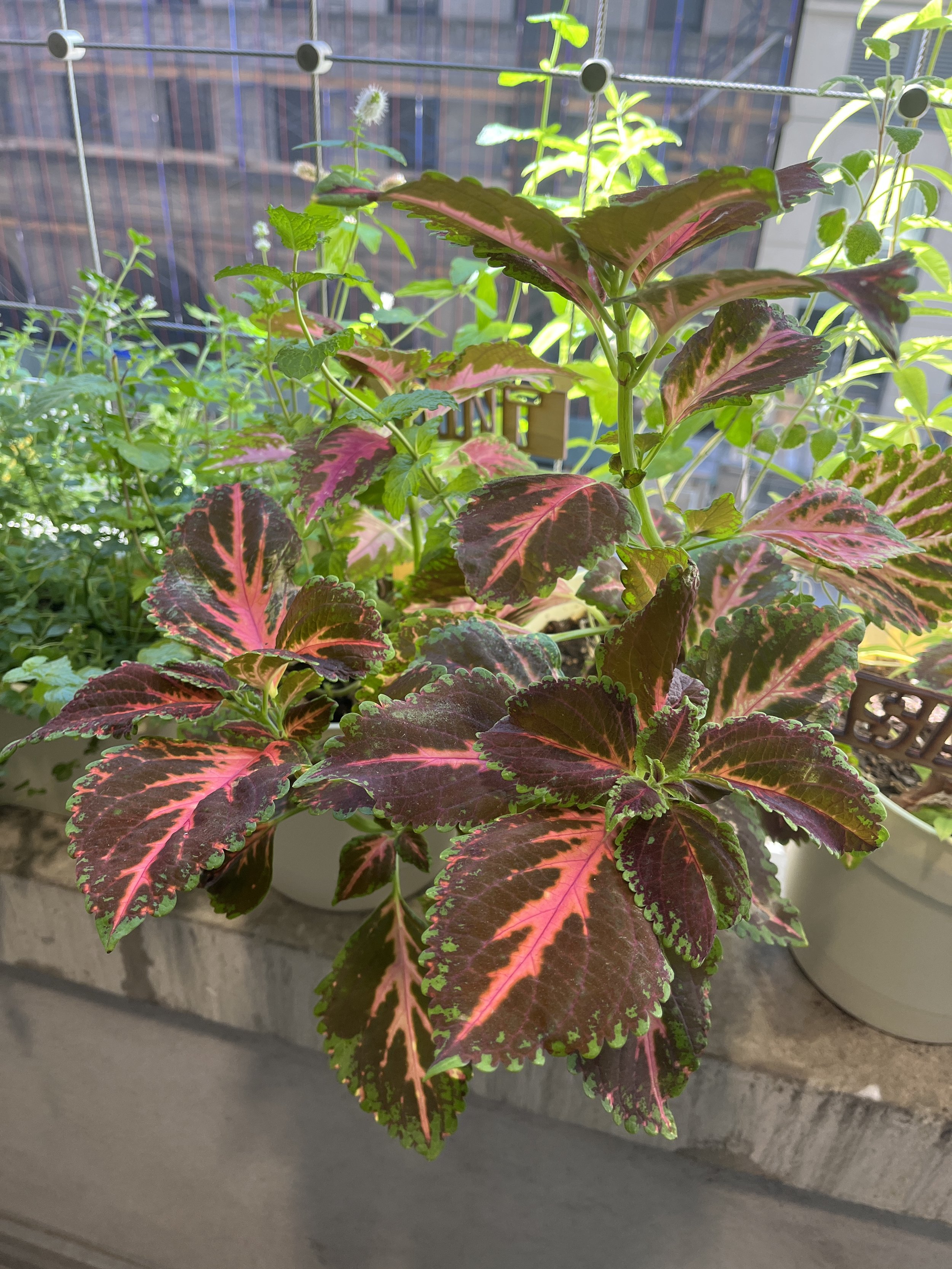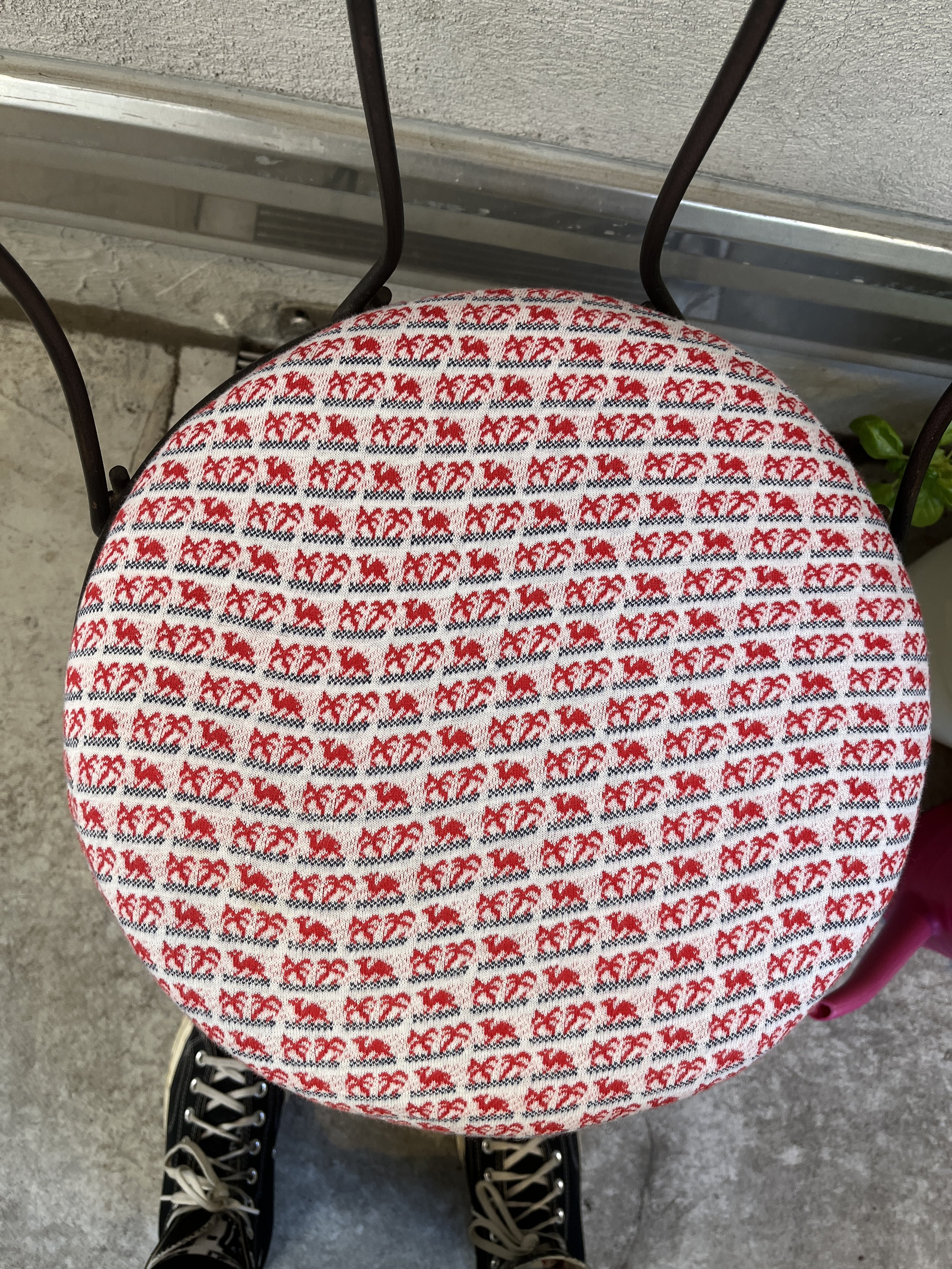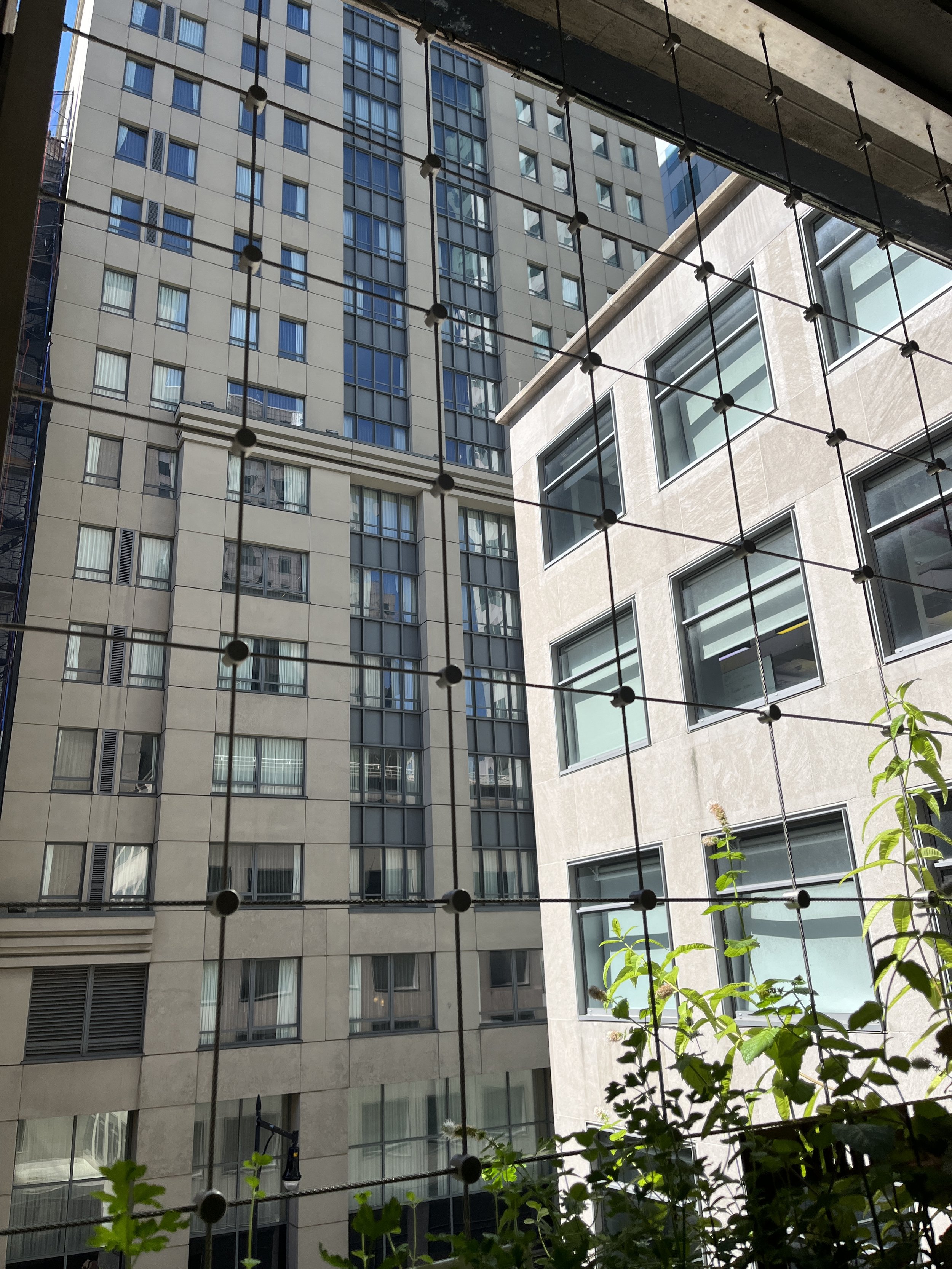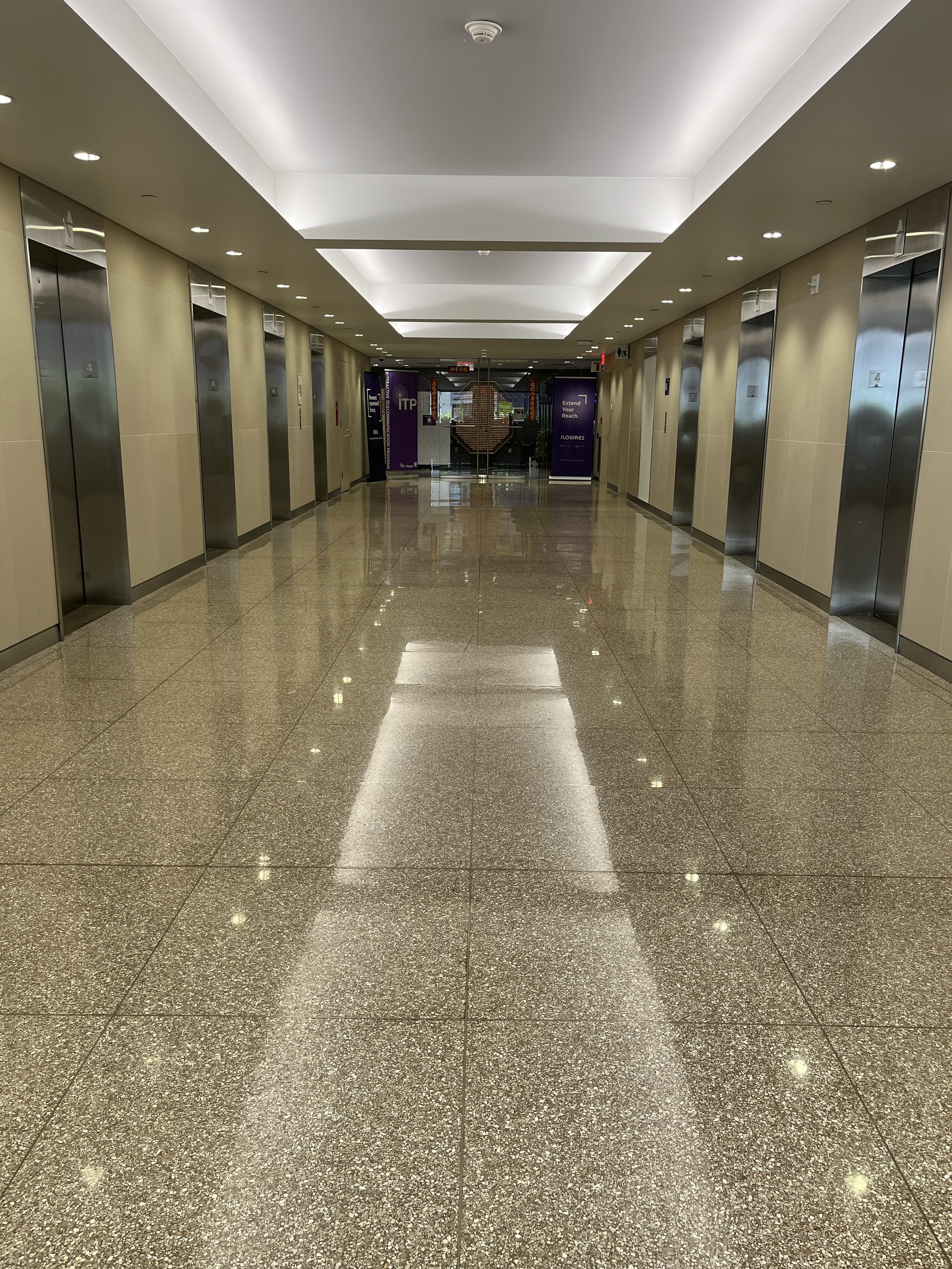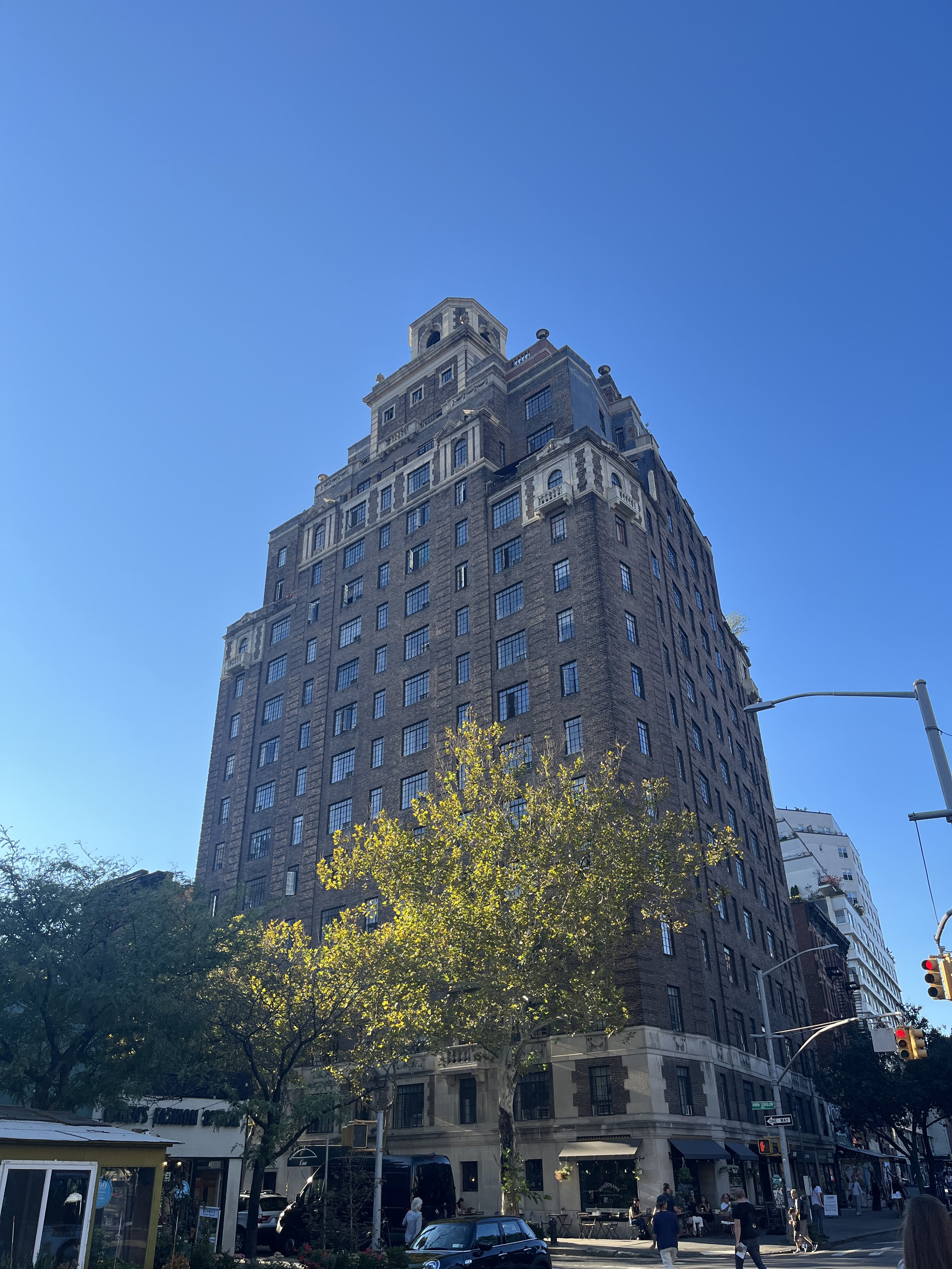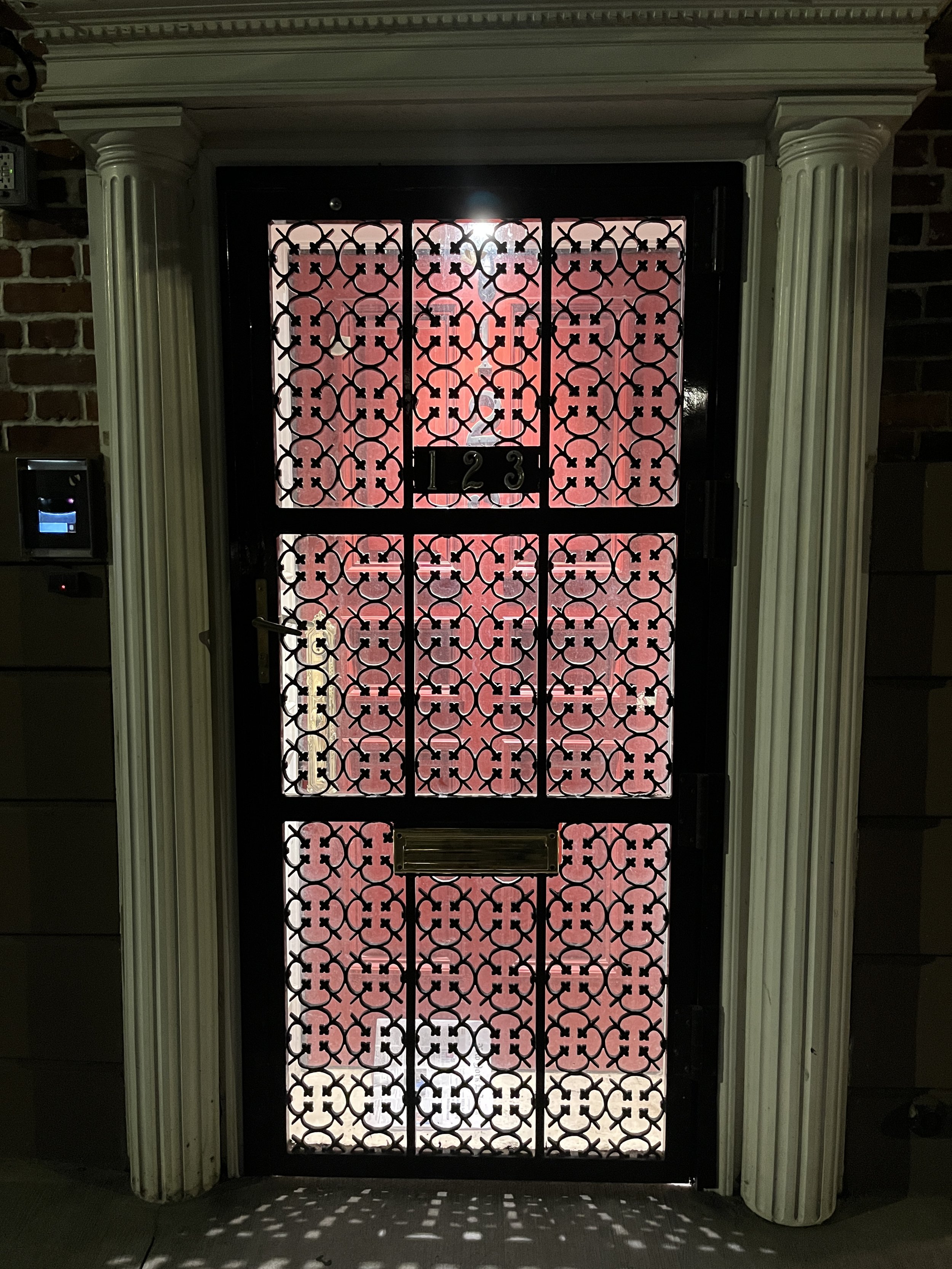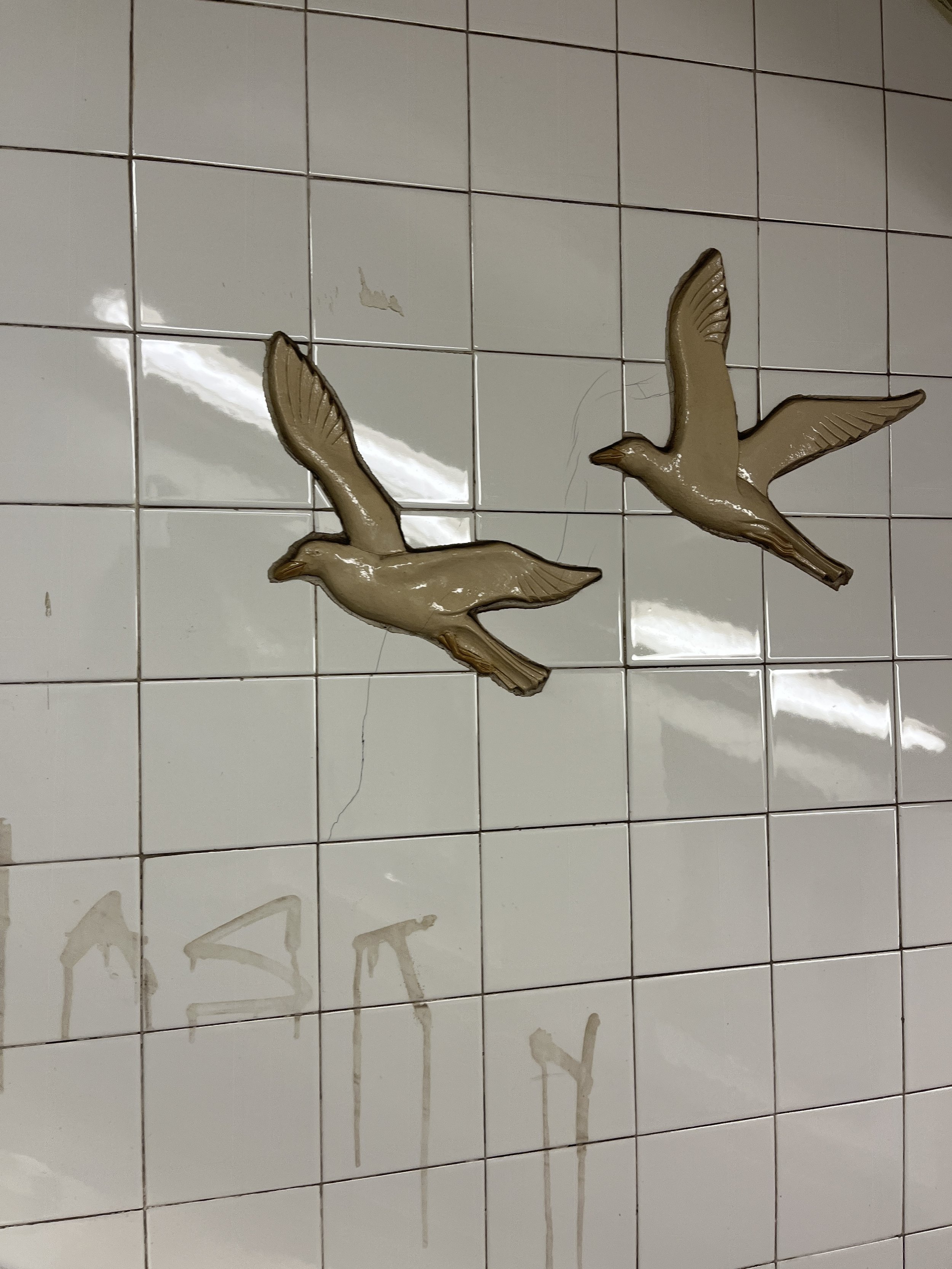Inspiration
Throughout this class I’ve been primarily fixated with observing the patterns of New York. They are fast, loud, and exponential. For me, they can sometimes be sensory overload and leave me a bit anxious and overwhelmed. At the same time, they are inherently beautiful and offer so much variation and intricacy.
For this project I knew that p5 wasn’t the right medium for me to convey what I wanted to; it didn’t work for me in the last assignment. I work as a freelance illustrator, and have been missing painting recently, so I decided I wanted to paint some patterns. I also love experimenting with childhood crafts and I remembered that one of the easiest book-making techniques are accordion books. The fact that you can flip through an accordion or lay it flat and see it all at once makes it seem like it could possibly go on forever!
Drawings
Materials and Tools
Watercolor paper
Watercolors
Tape
Ruler
Adobe Illustrator
Cardboard, scissors, glue
Process
Watercolor painting
Create all the subway car number signs and alternate windows. I sprinkled these into the final composition using Illustrator.
2. Photograph the painting and create book pages in Adobe Illustrator.
3. Construct the book.
Printed pages and cardboard box
Cut out book covers from a cardboard box
Cut out pages
Cut tabs to attach the pages using glue
Accorion!
Final Product
Conclusion
I really loved getting my hands on this project. Although I love a good pun, yuck is sometimes how I feel in the city. There’s a lot to take in at any moment, it’s not always pleasant. But it really is a term of endearment like calling someone you love “Stinky”. It’s like 2% true 98% love; the yuck-factor is what makes NYC so special.
This was really a way for me to incorporate patterns into my art practice. Starting with observing patterns, illustrating patterns, digitizing patterns, and also book assembly forced me to execute many patterns.
It might be really interesting to continue this project with more New York patterns. Some other ideas I had written down in my notebook are elevators, streets/crosswalk, or something more natural like Central Park trees or flowers but I guess those aren’t really New York-y.


















